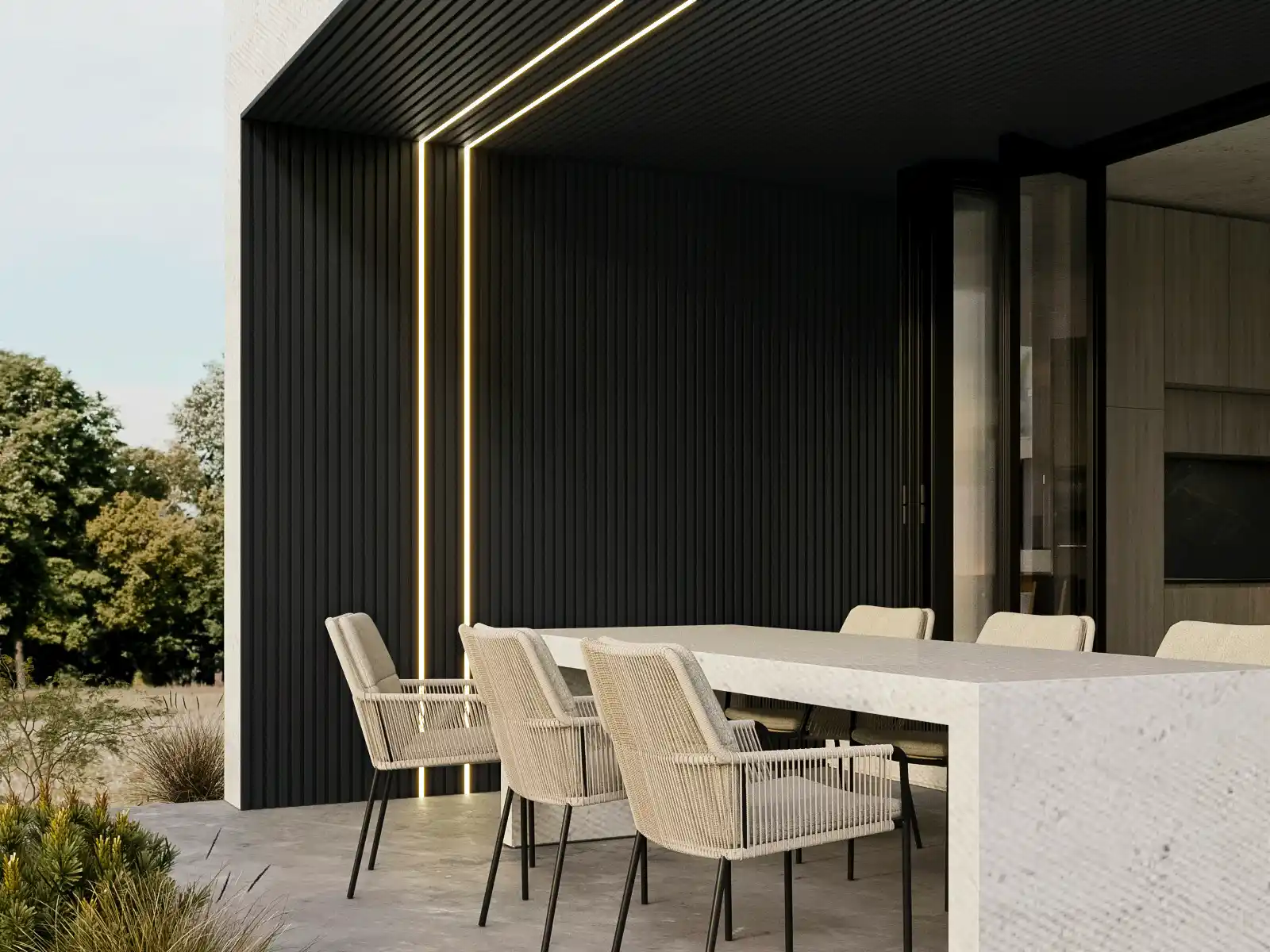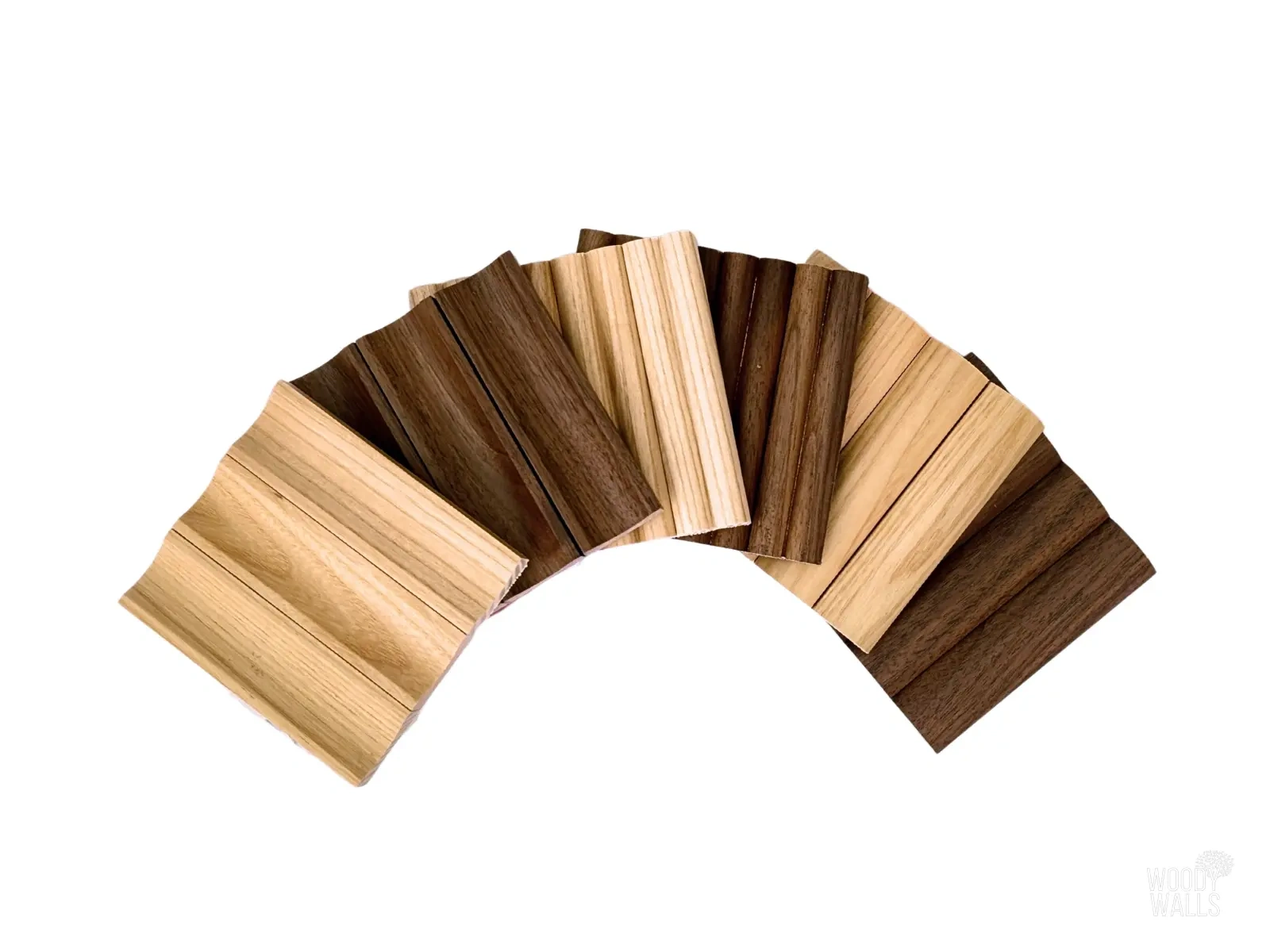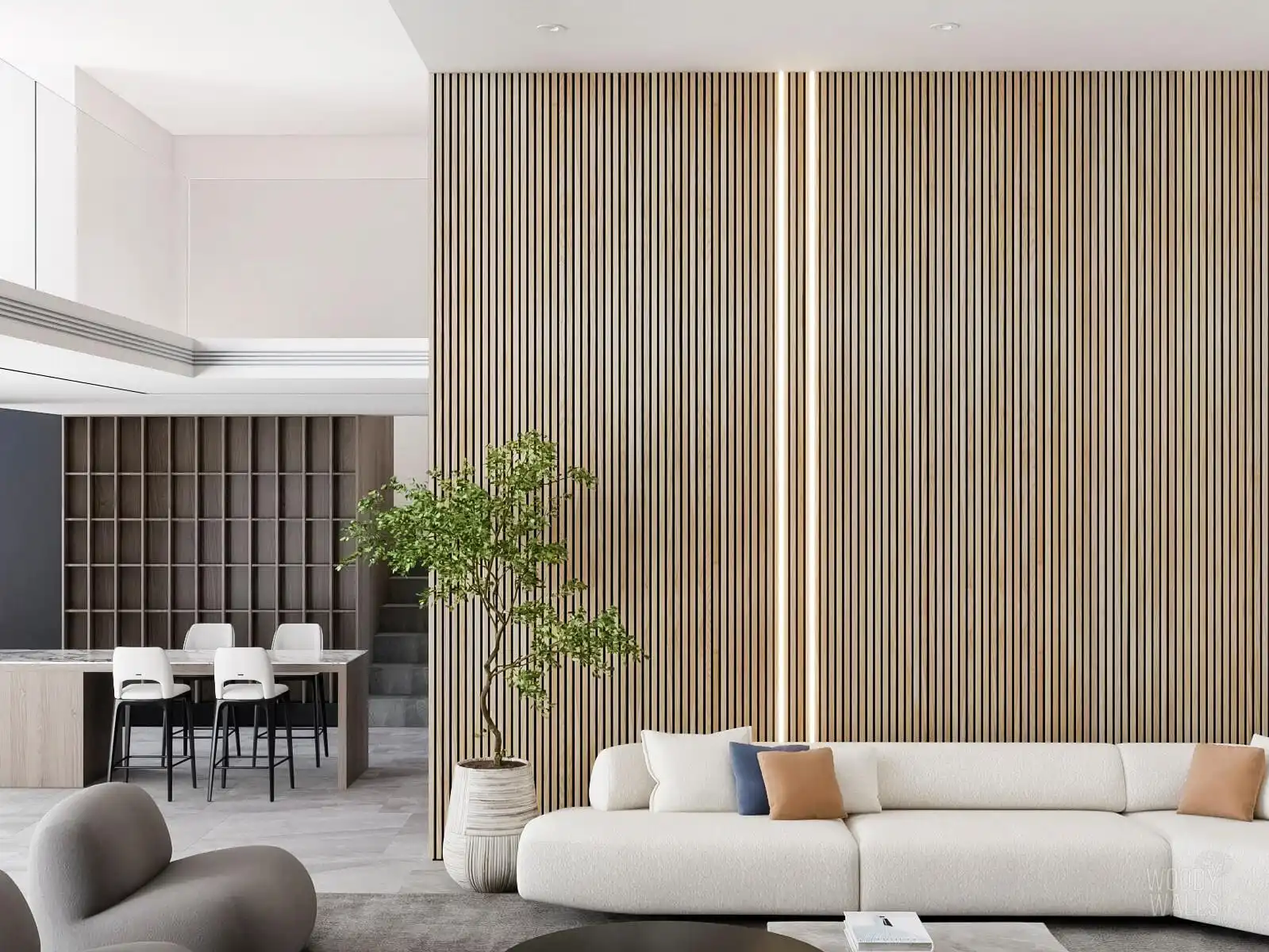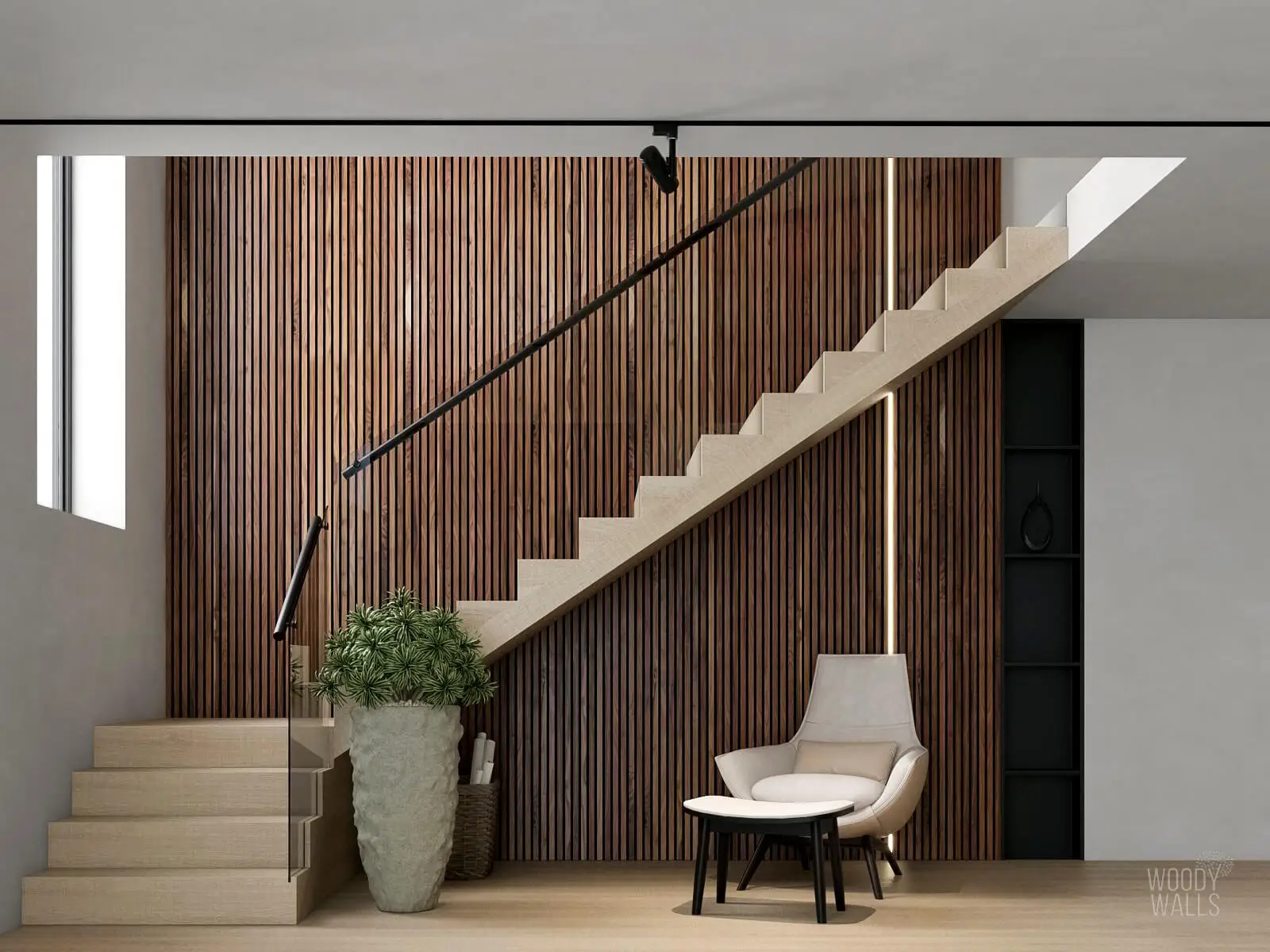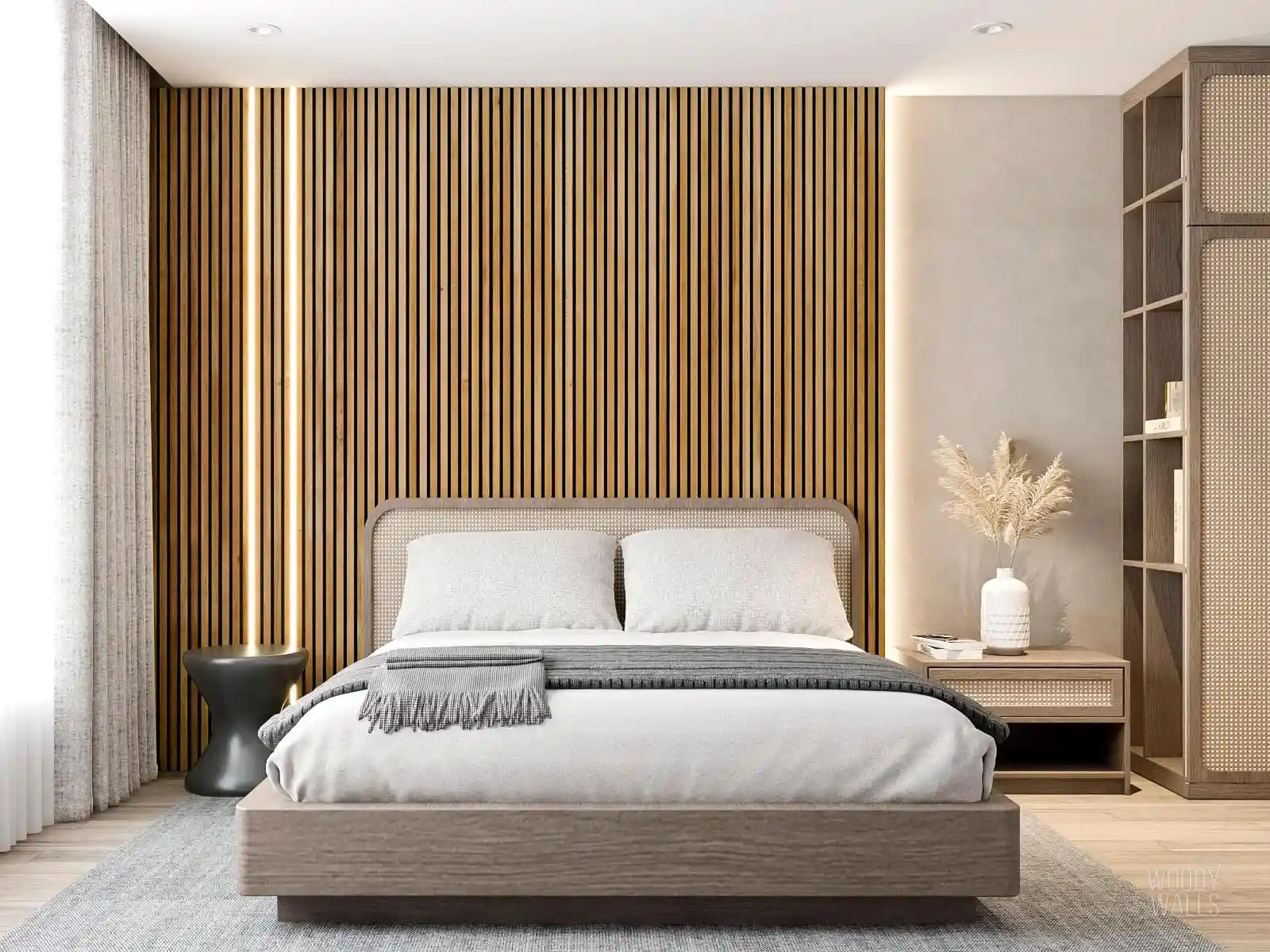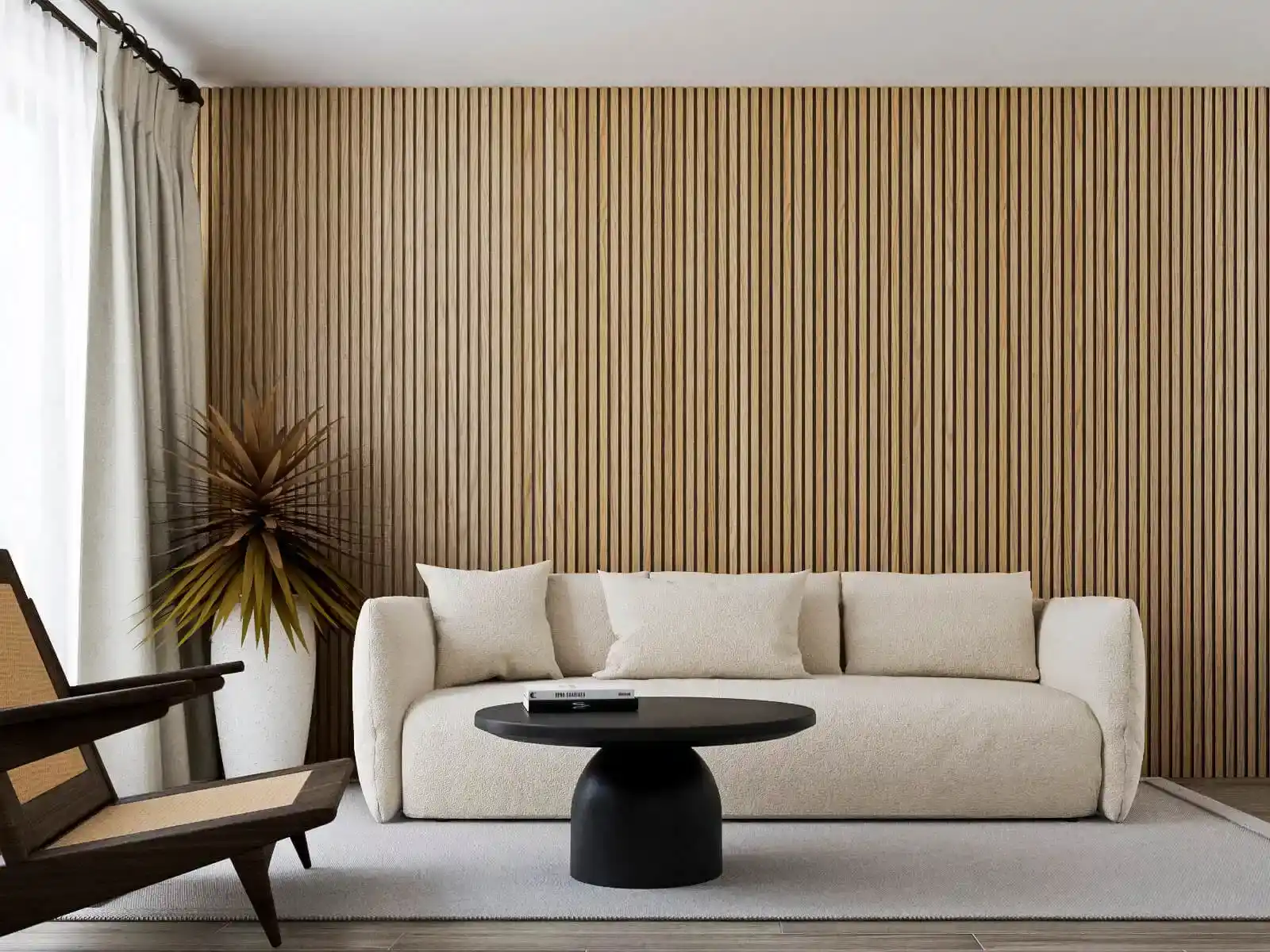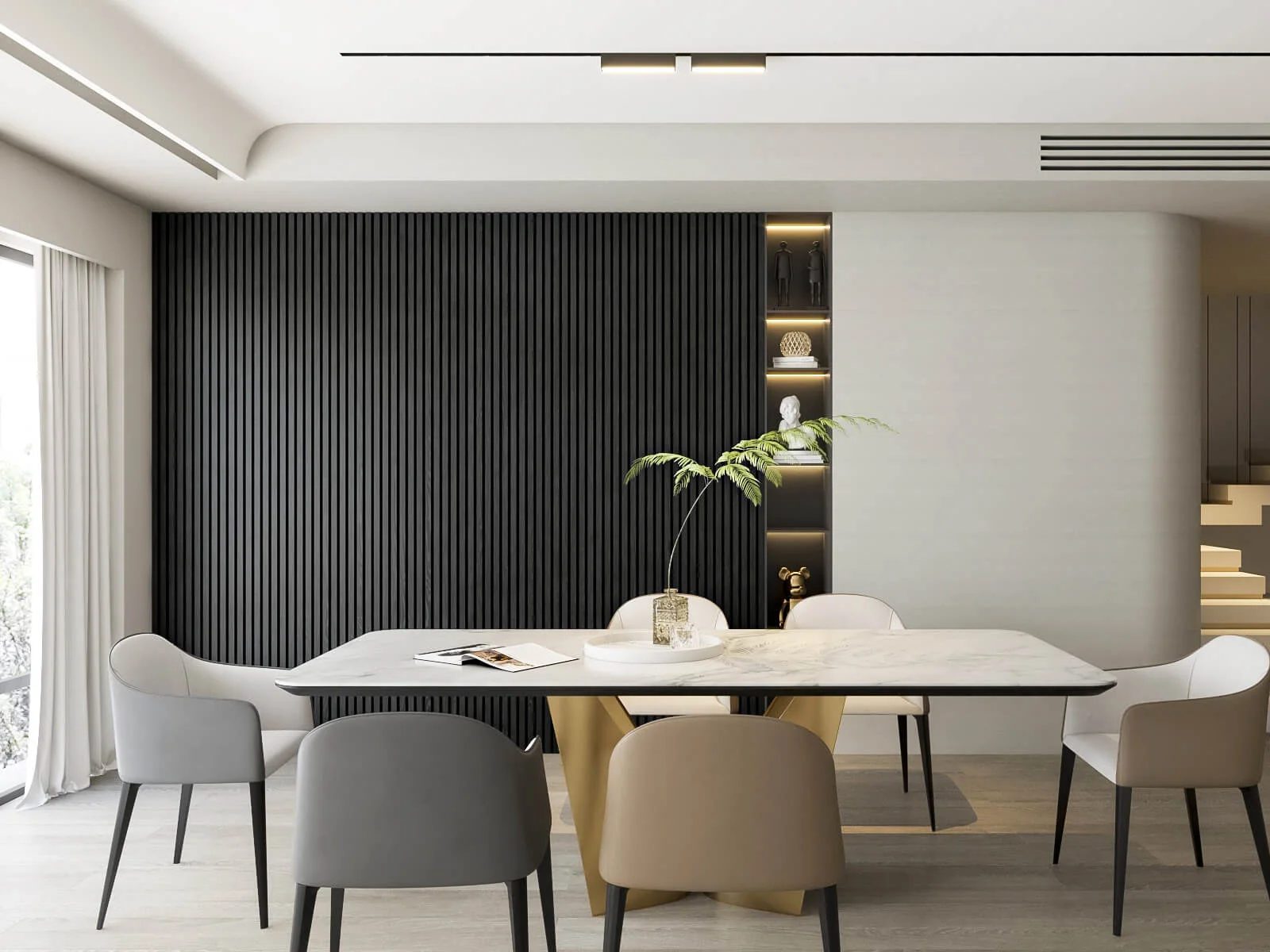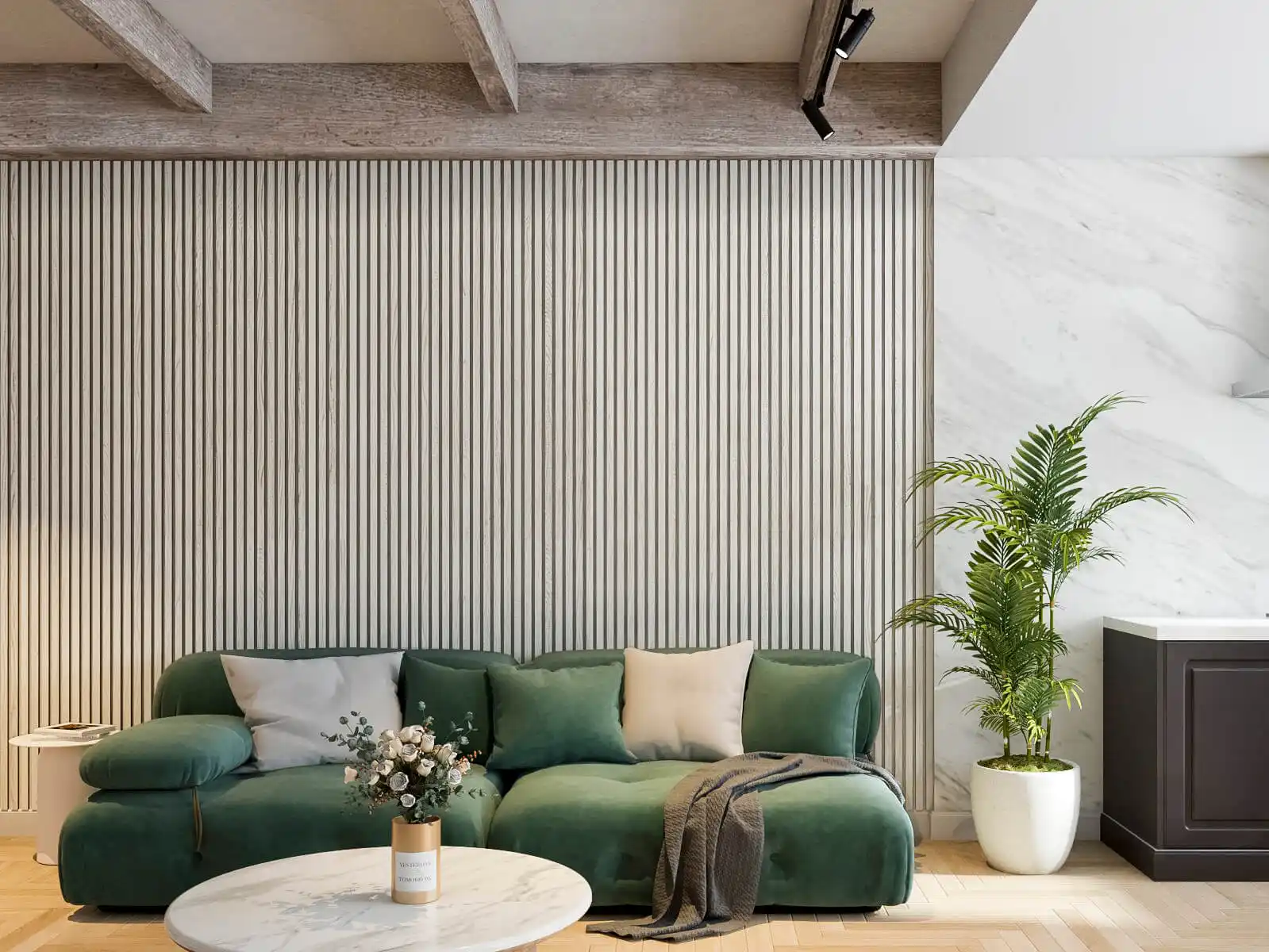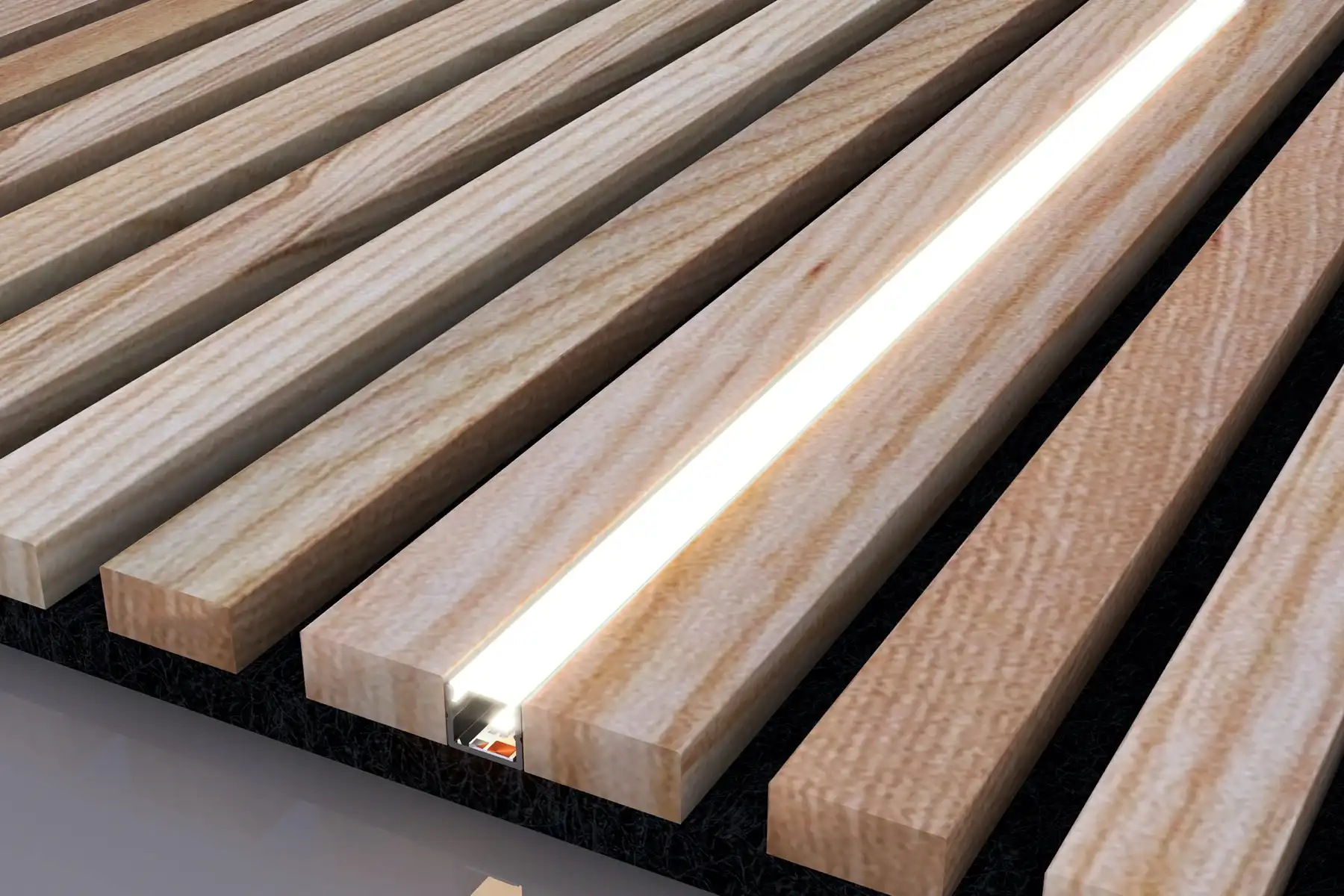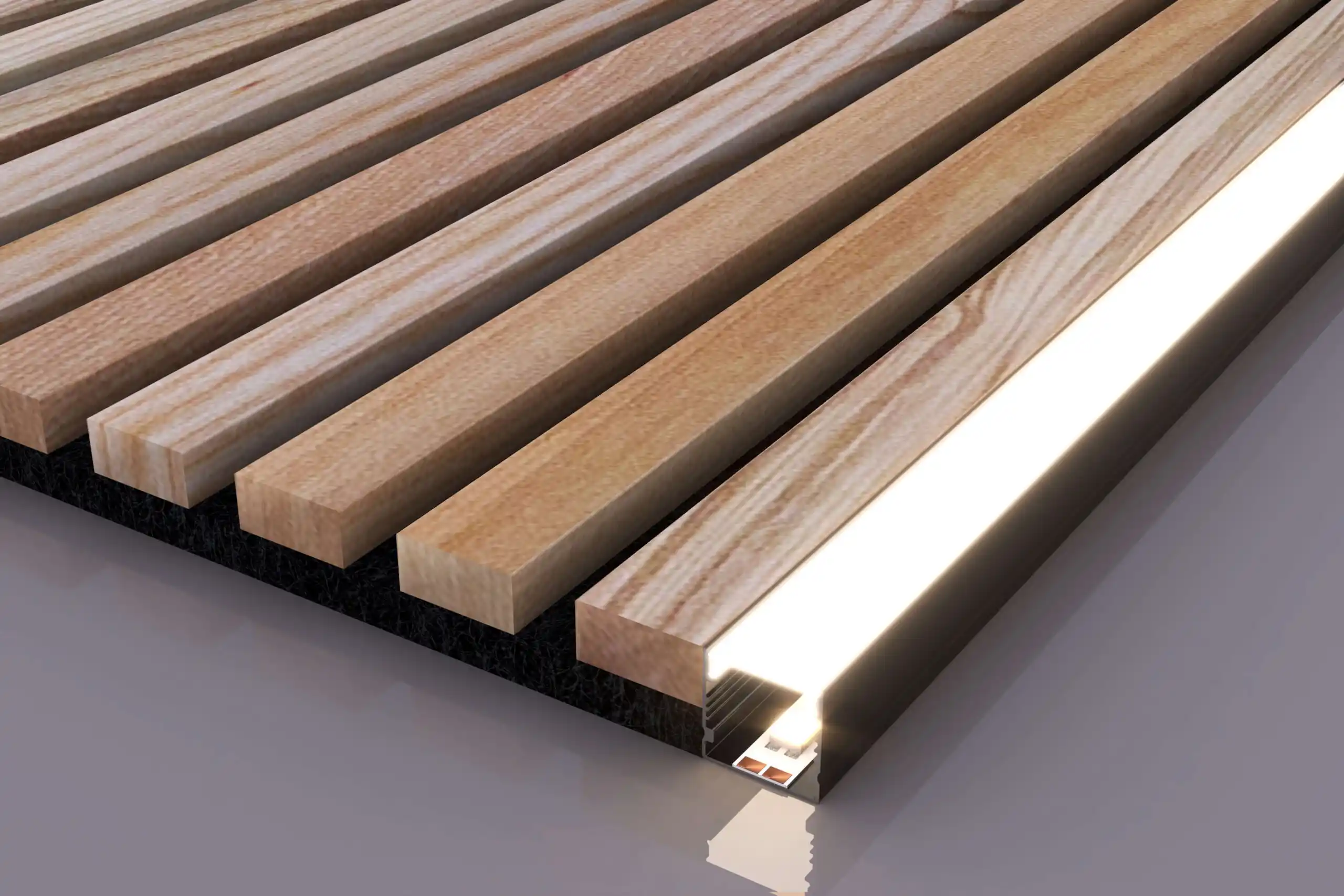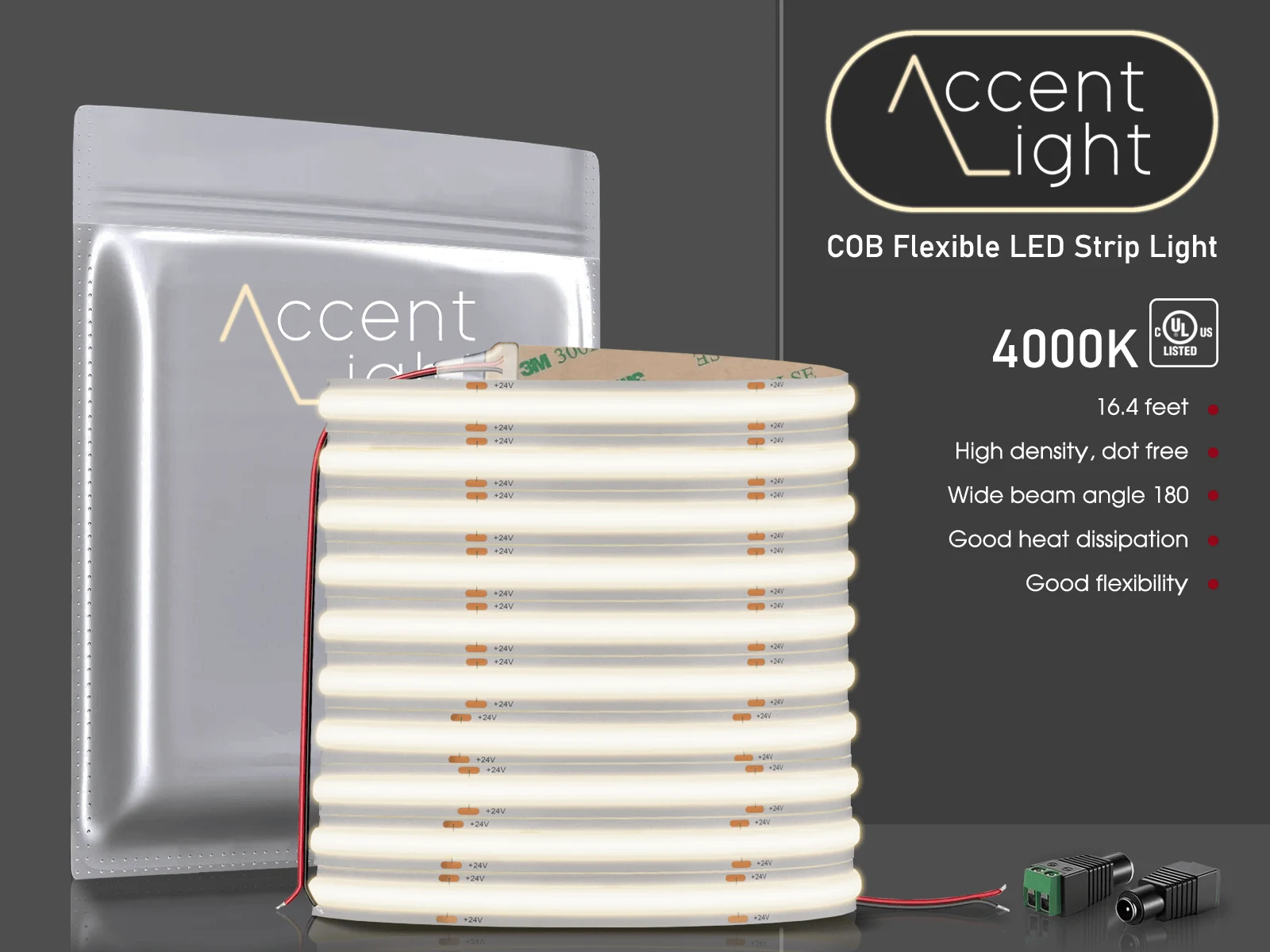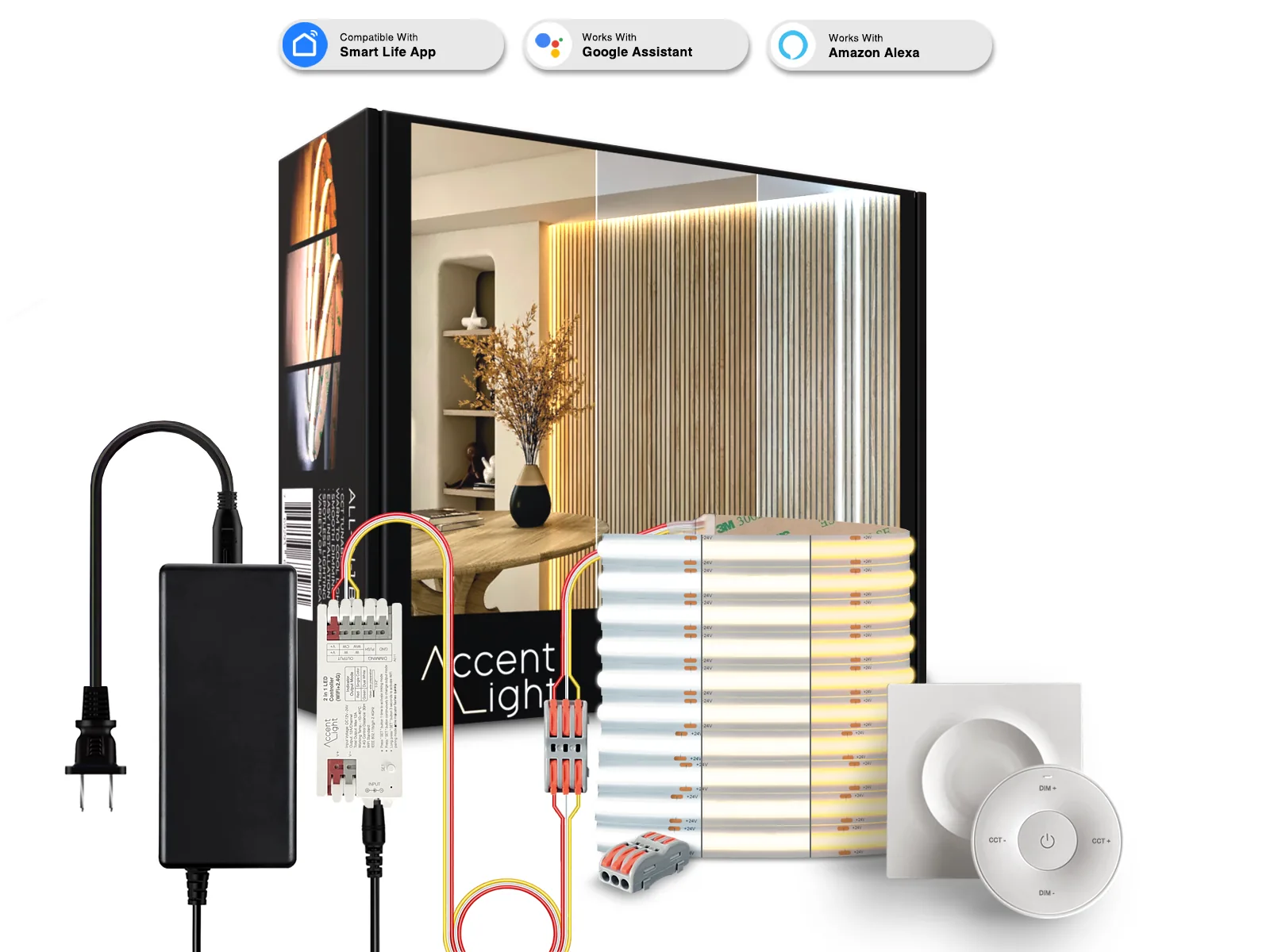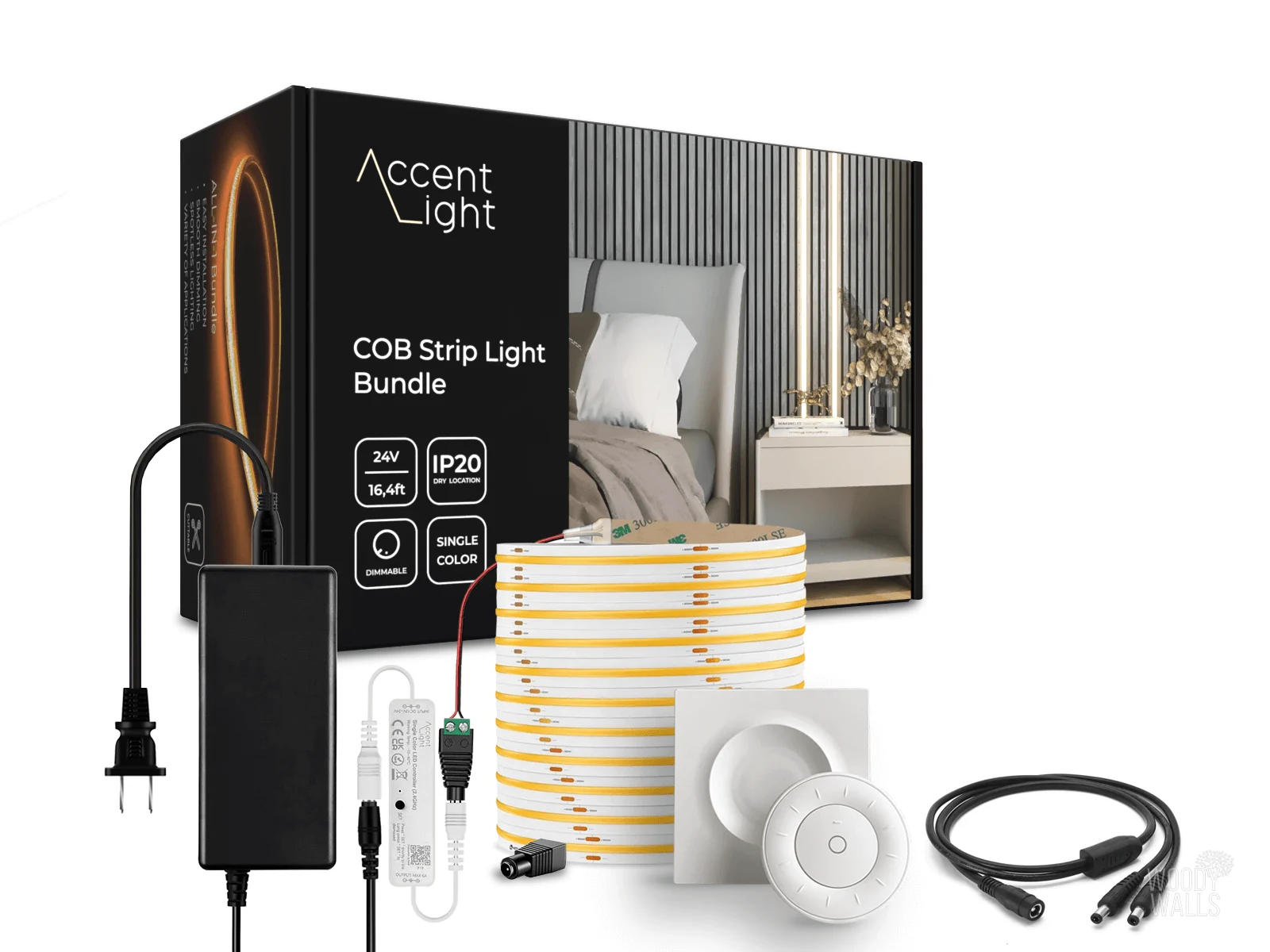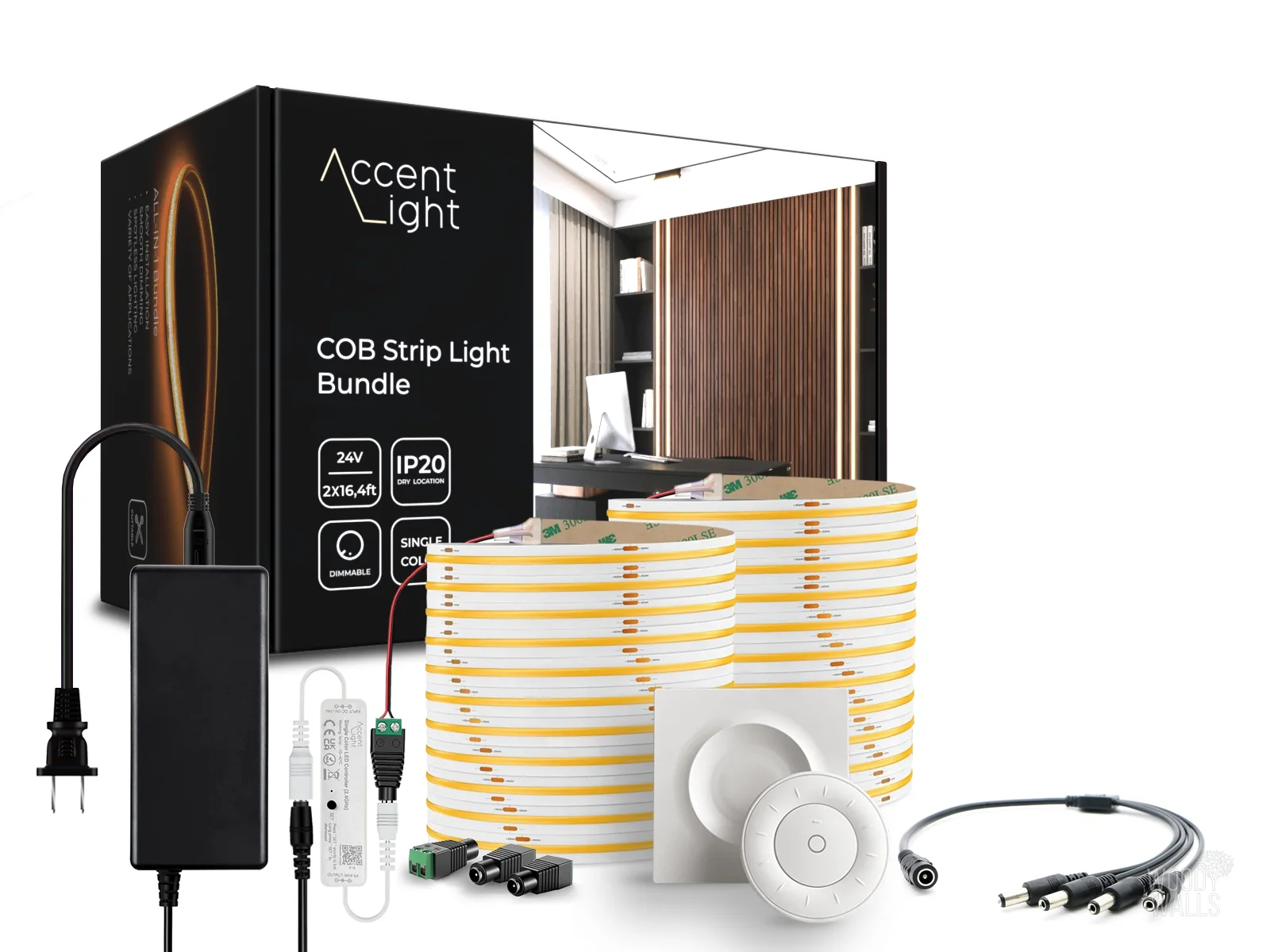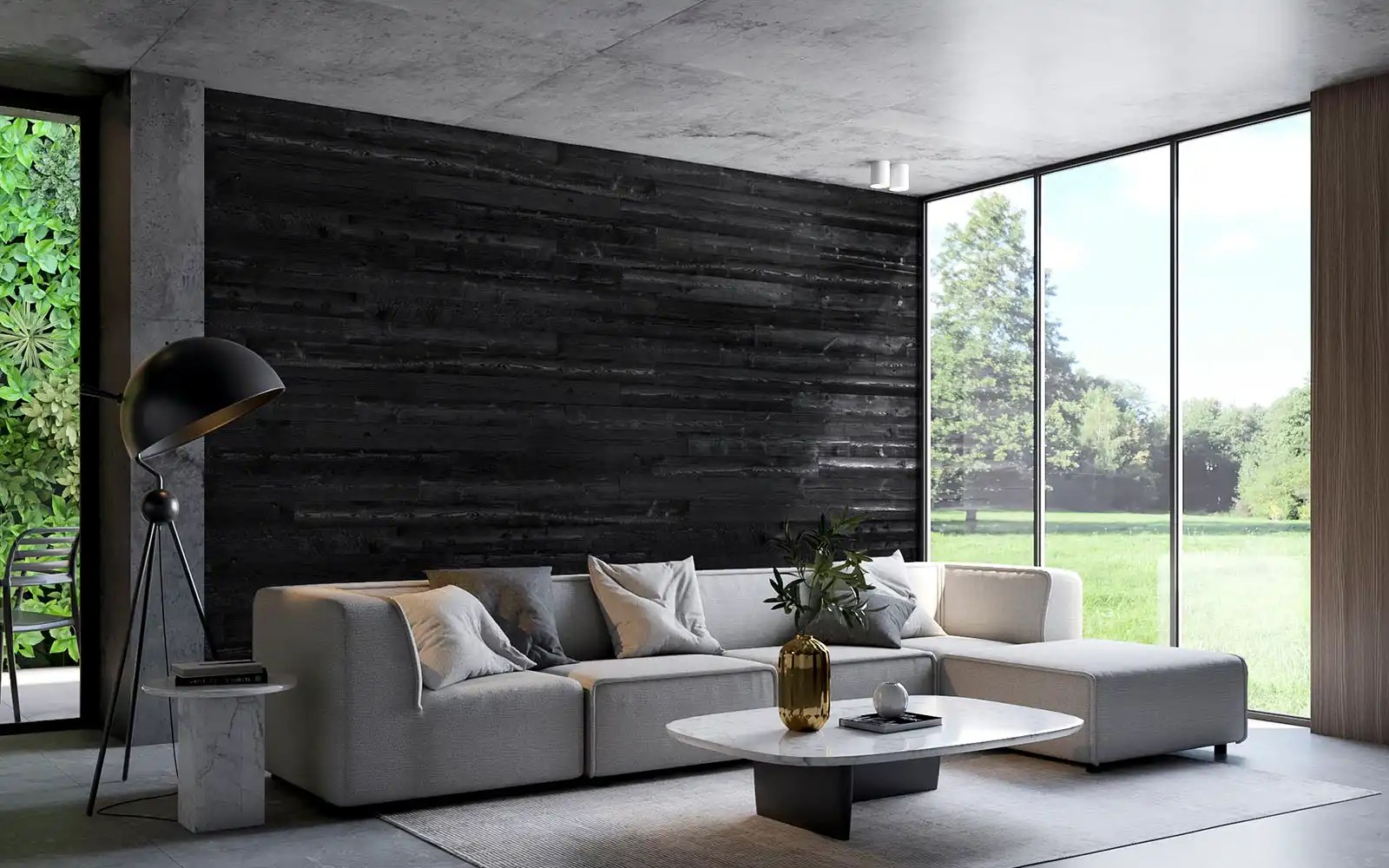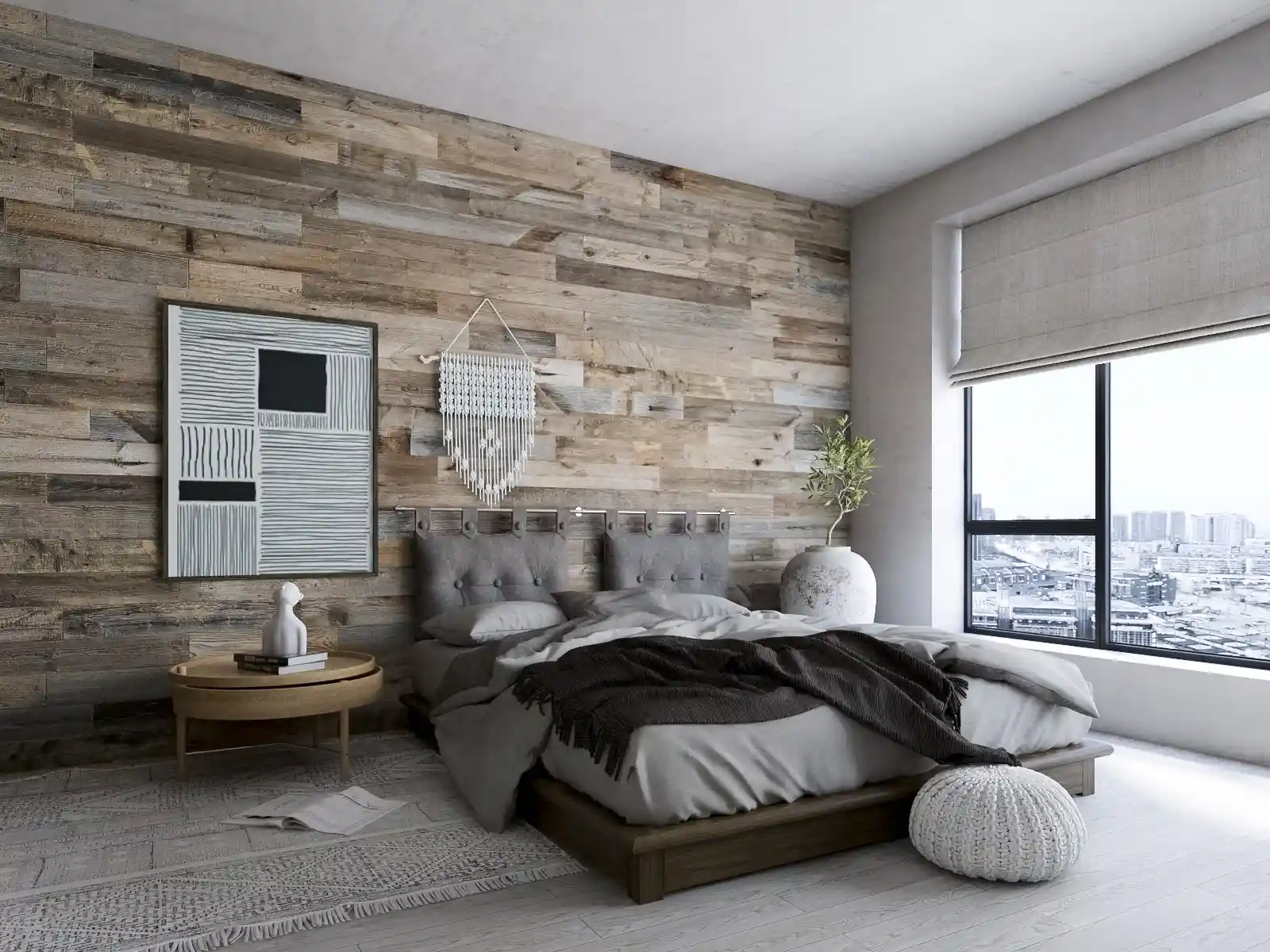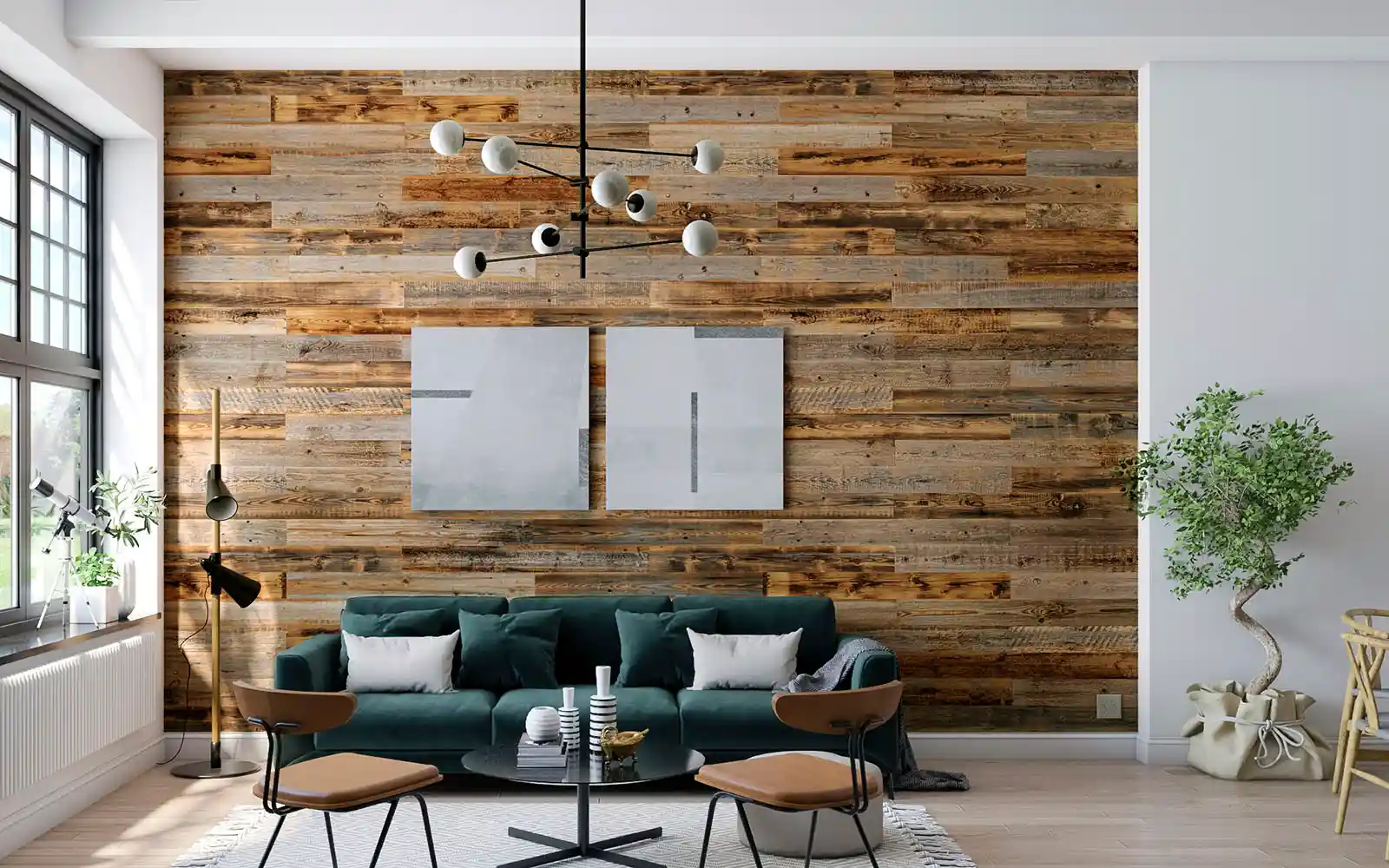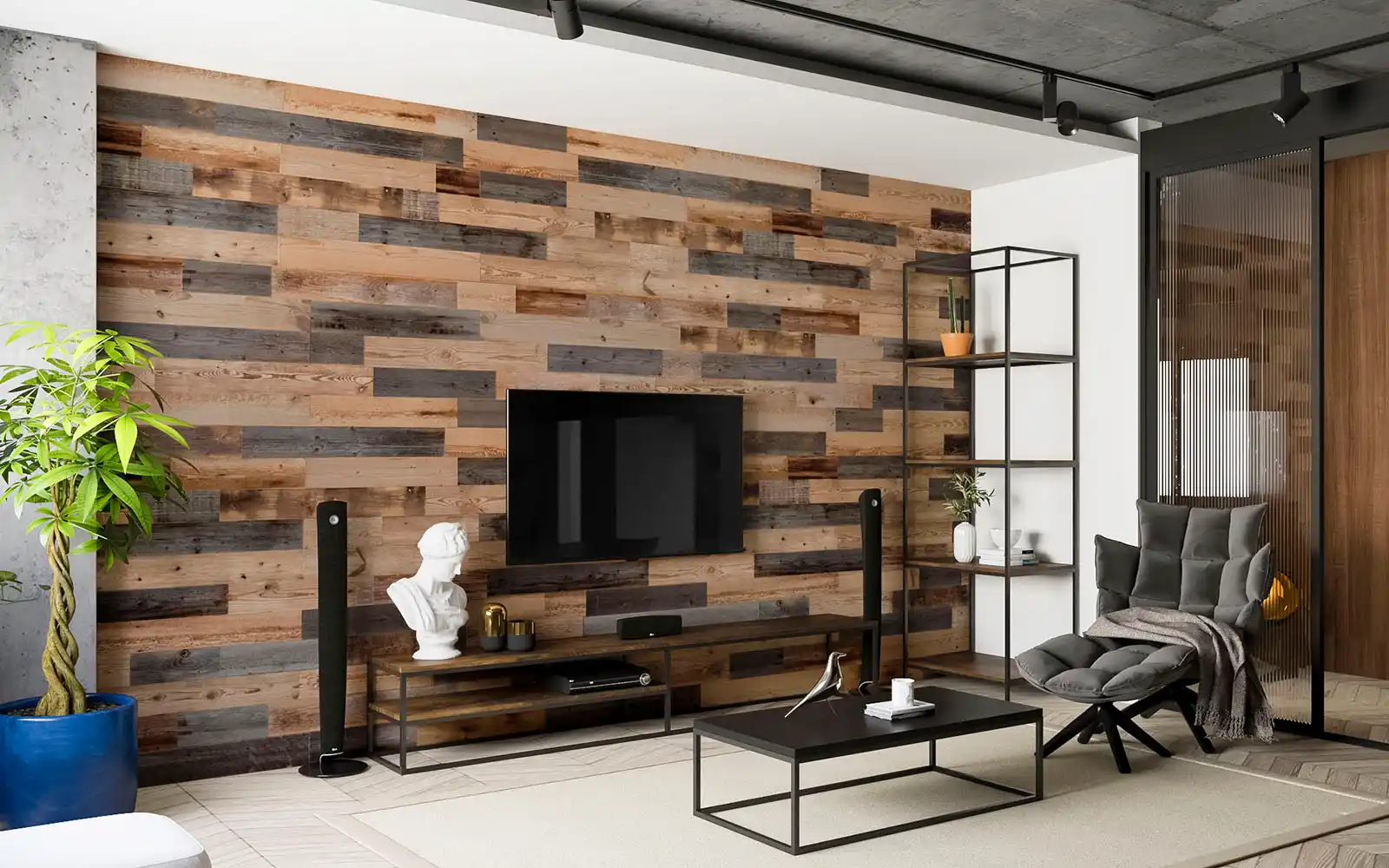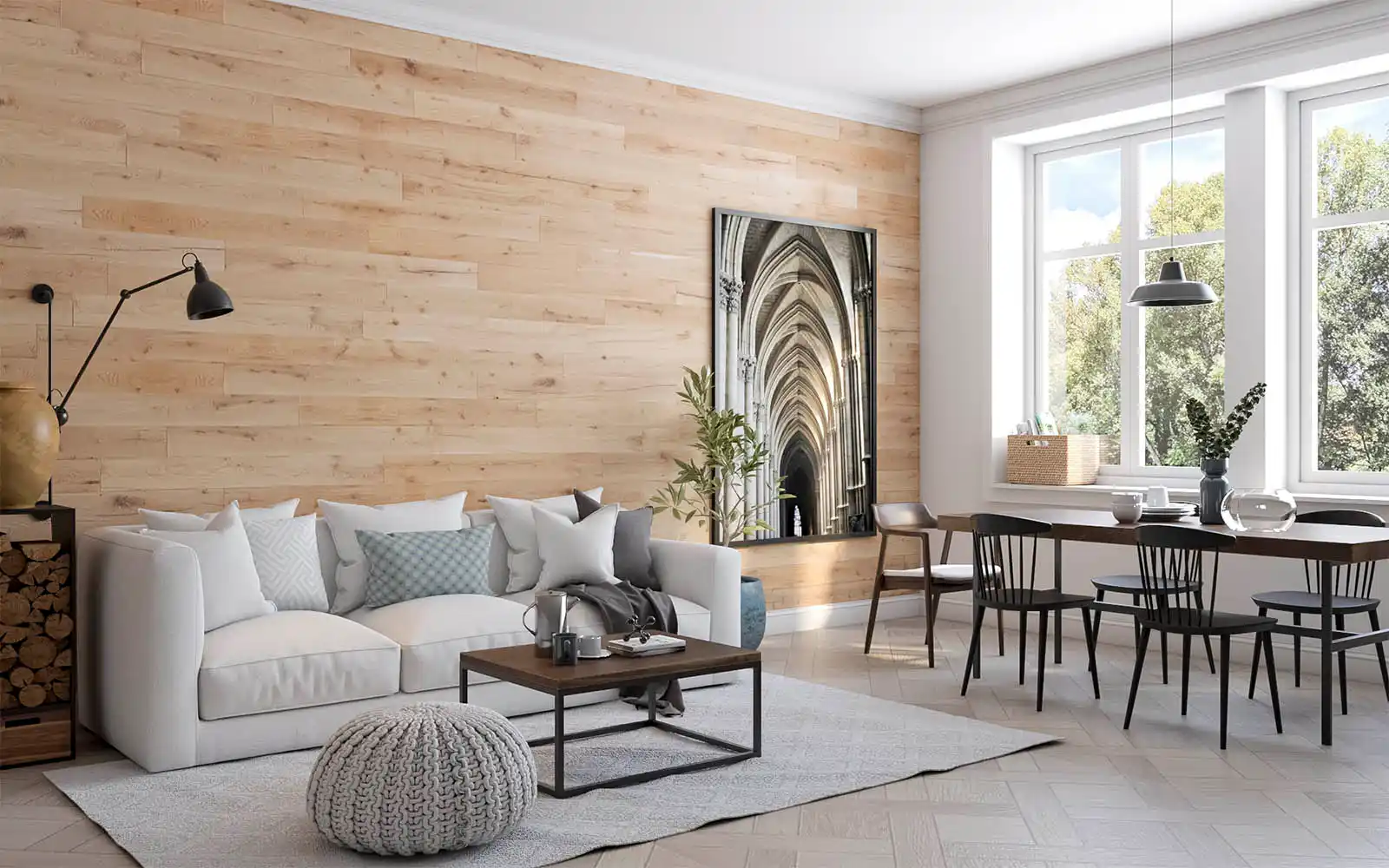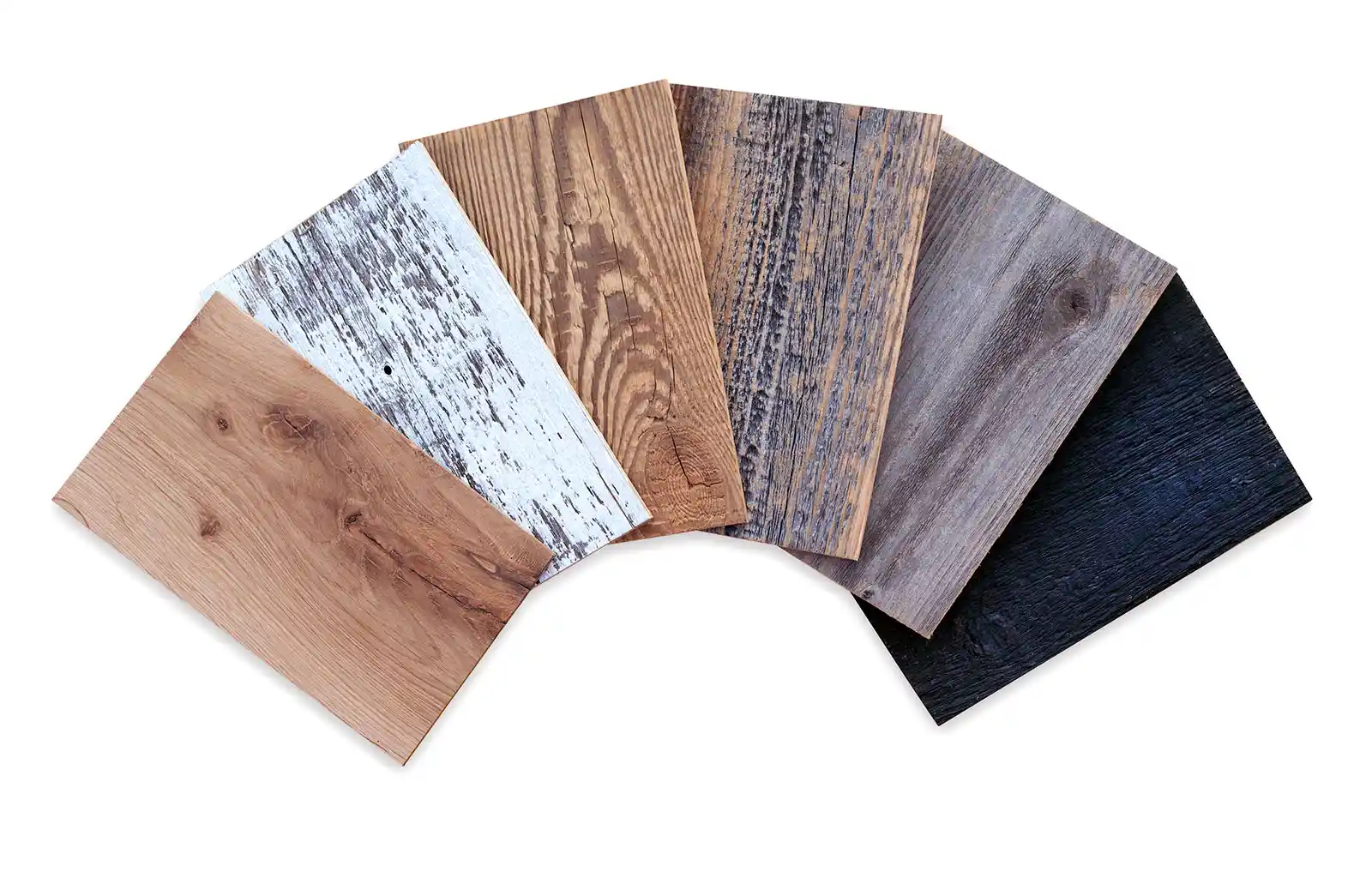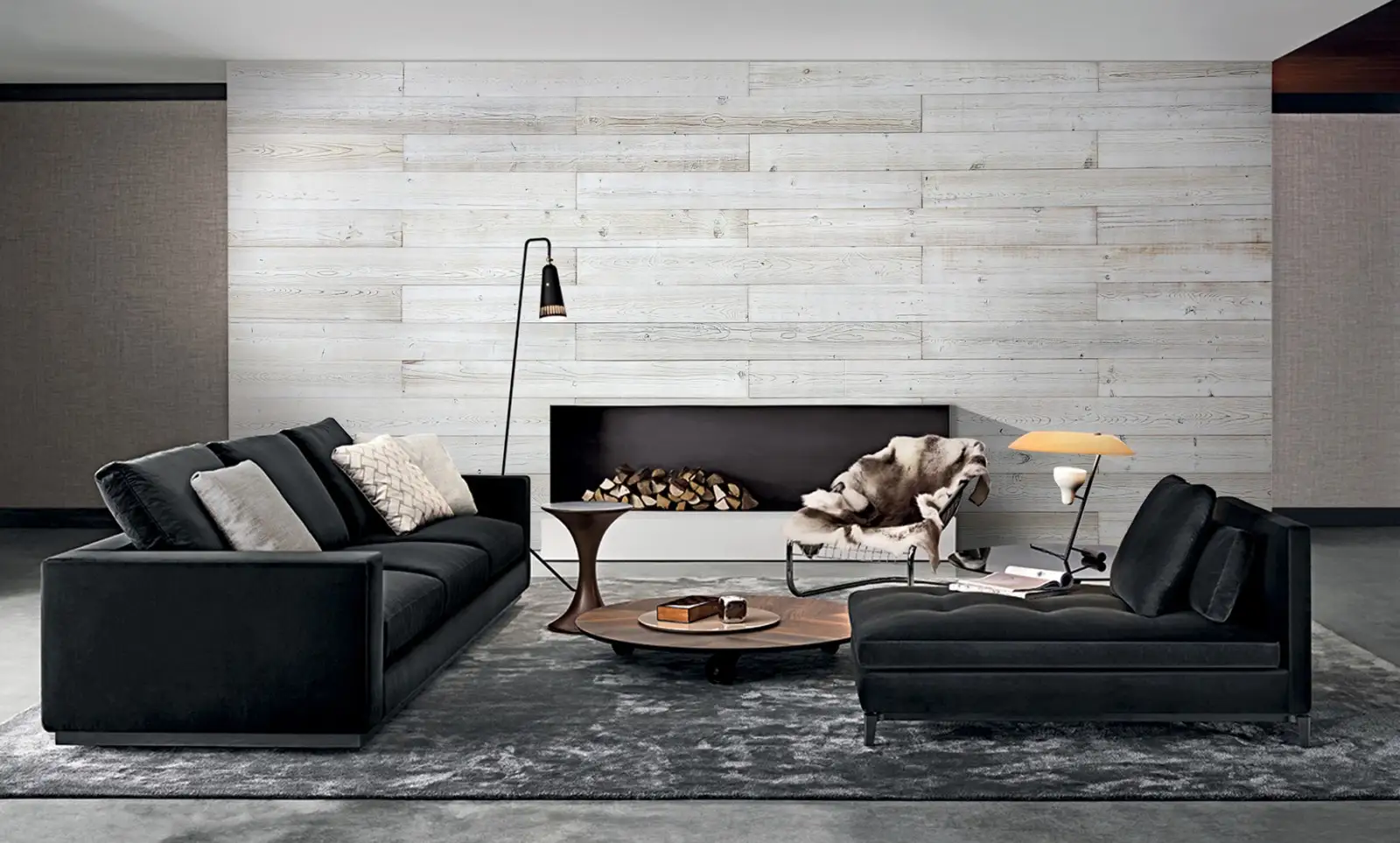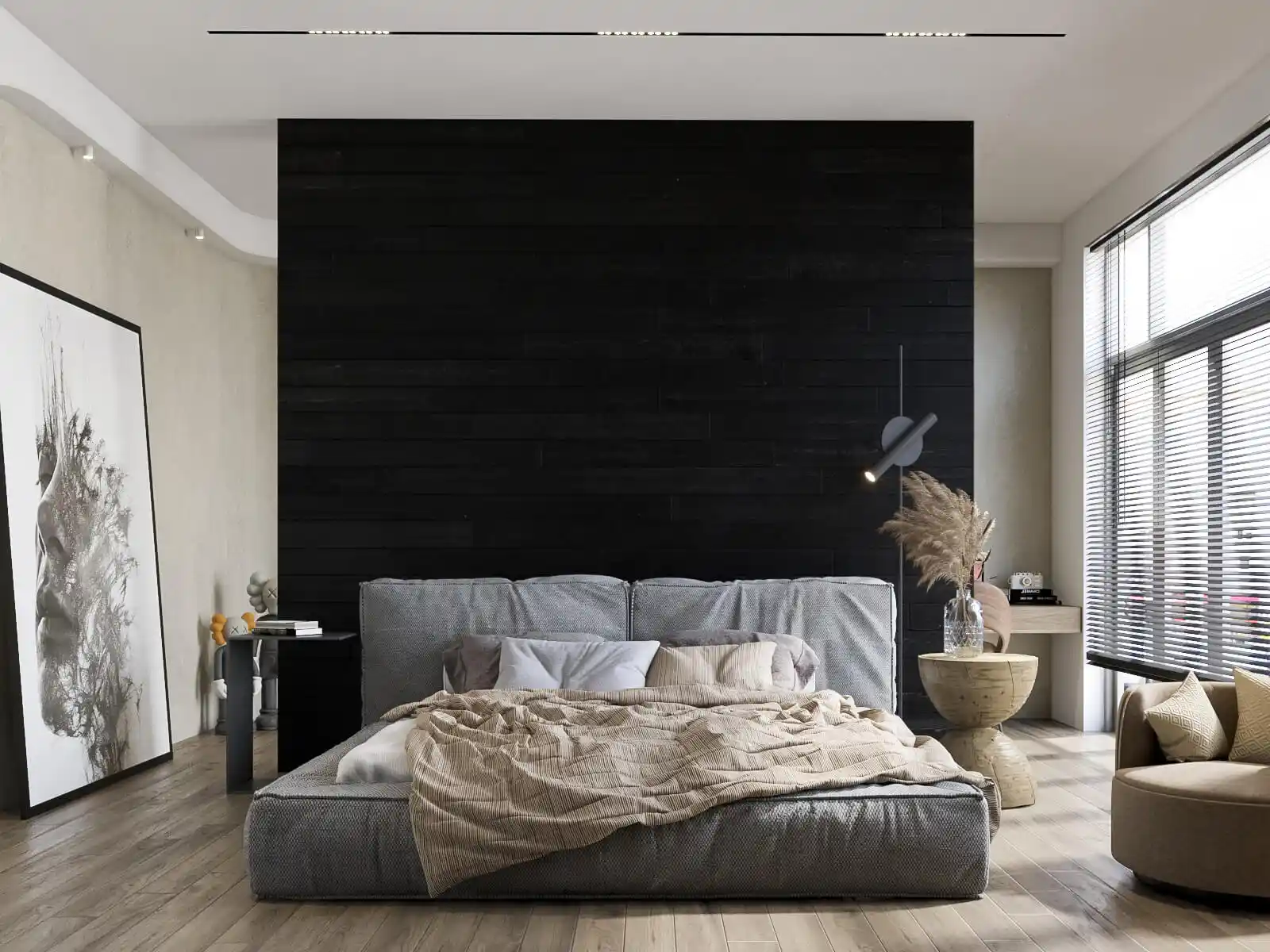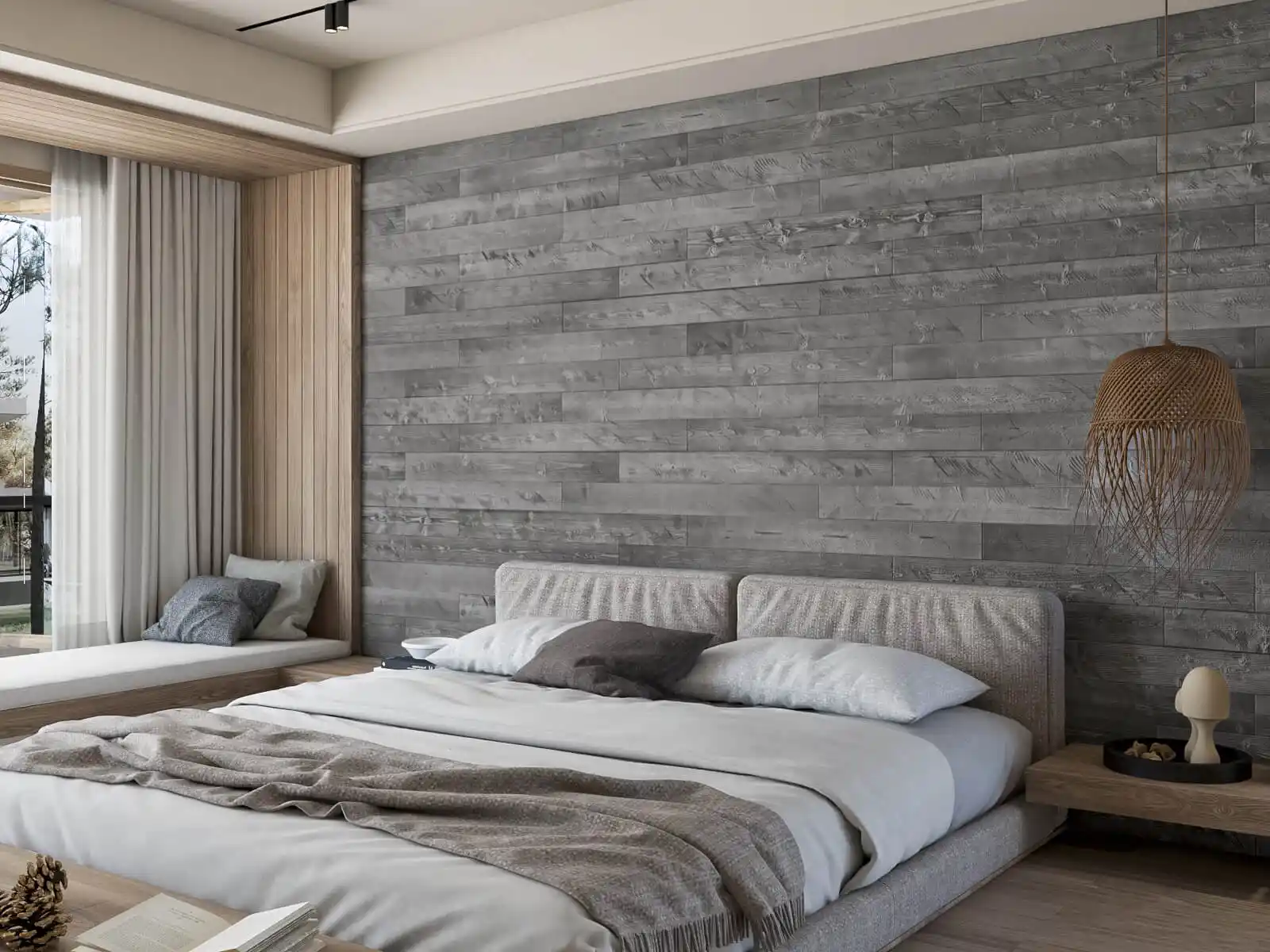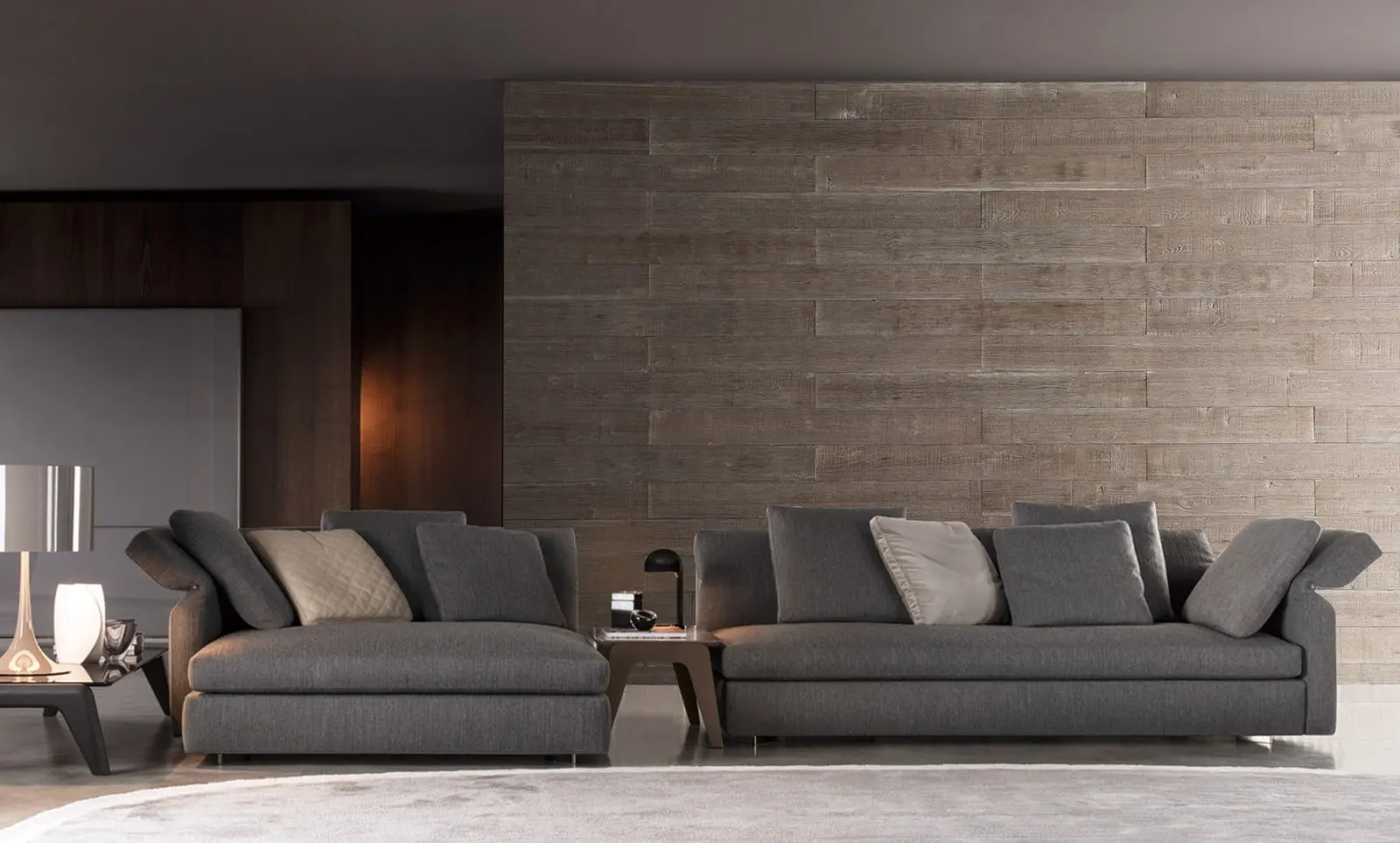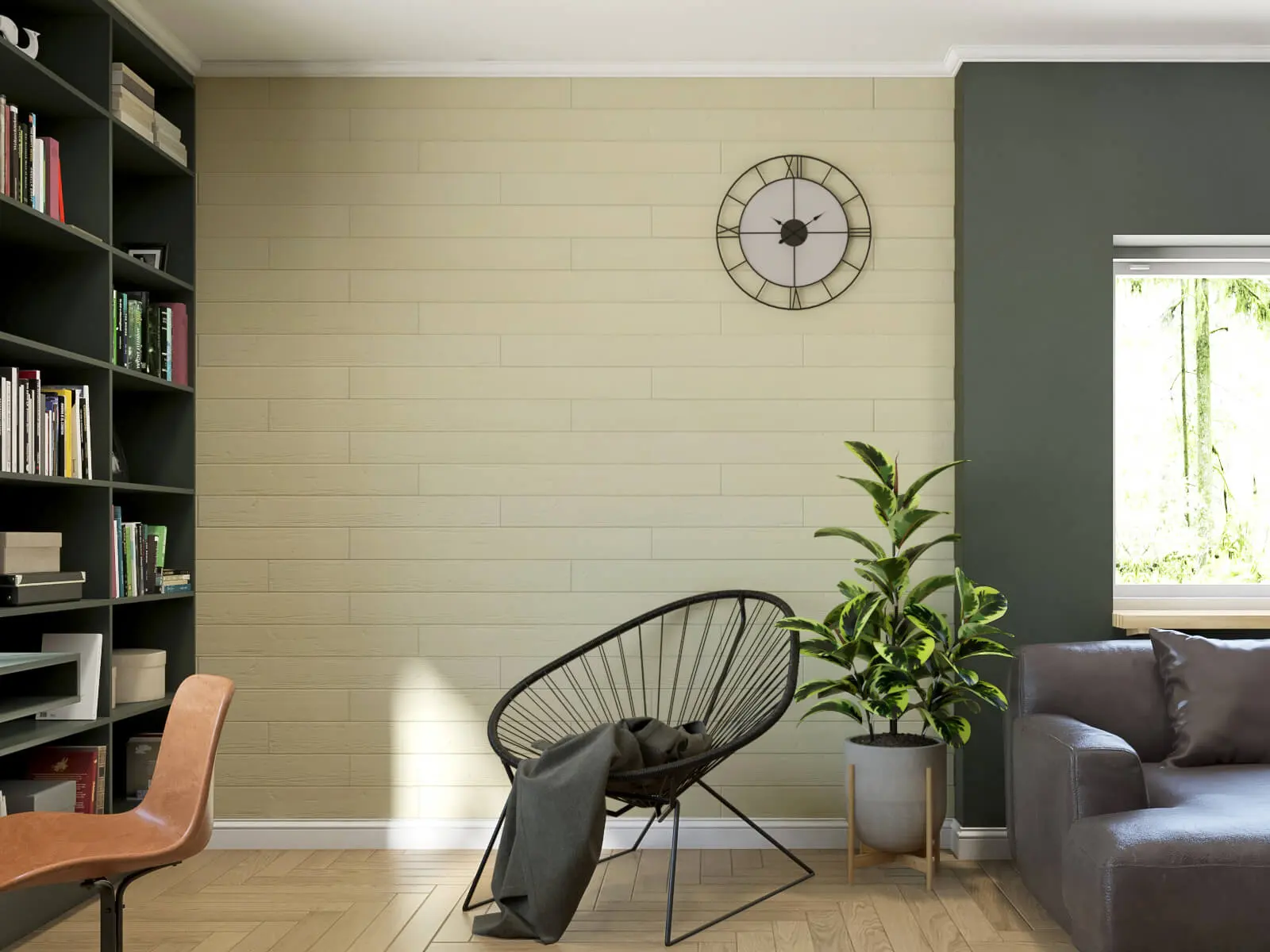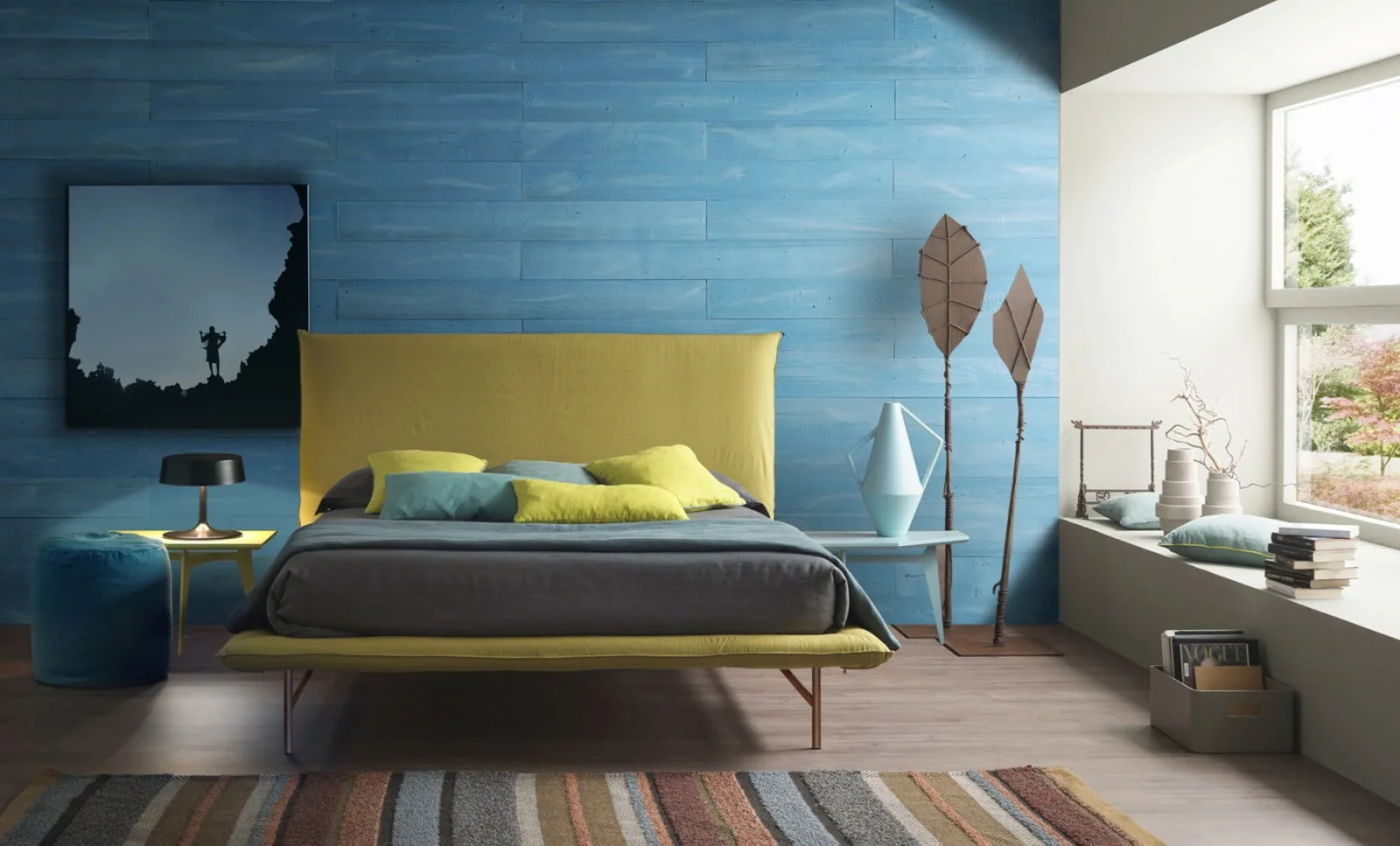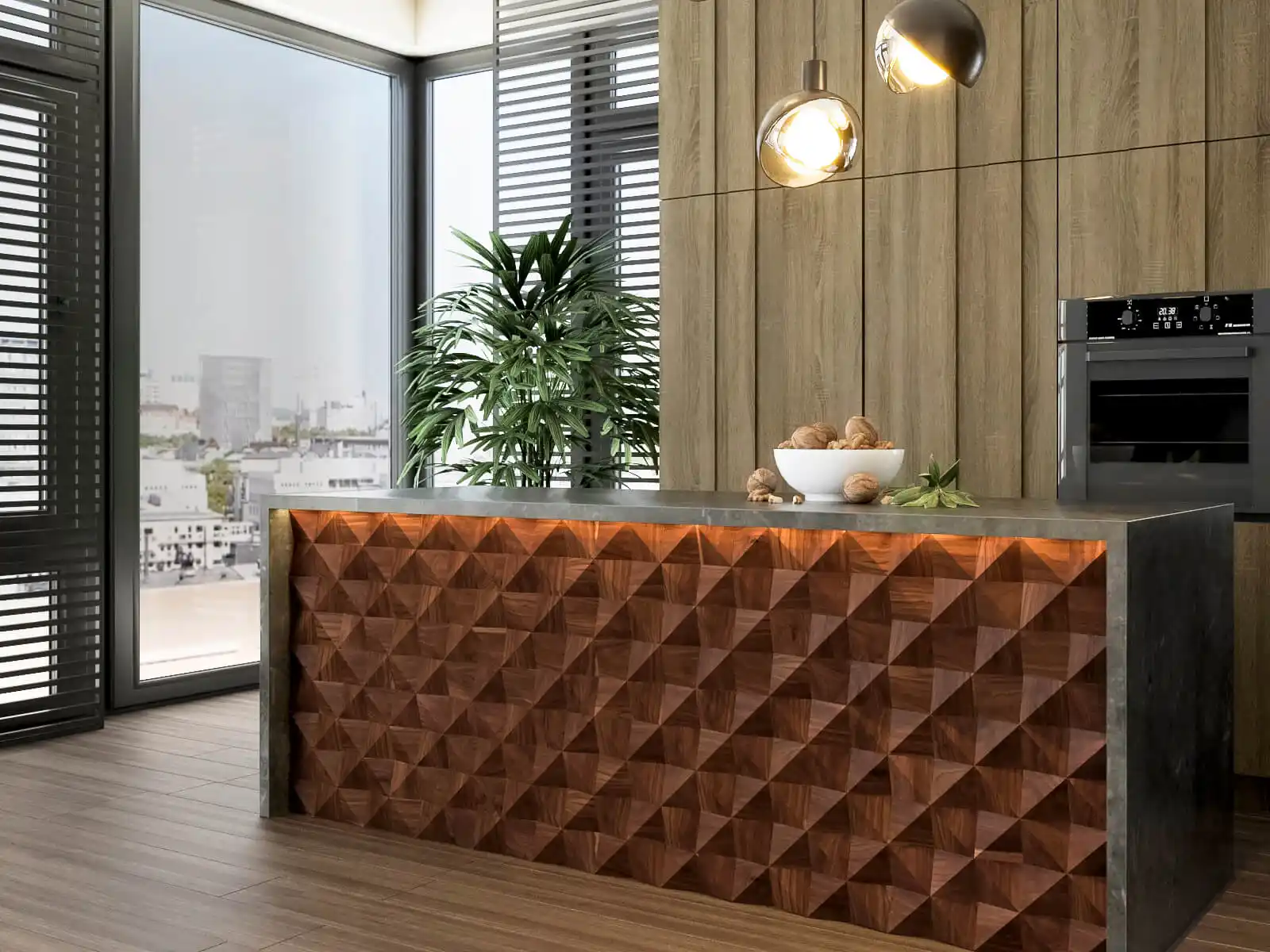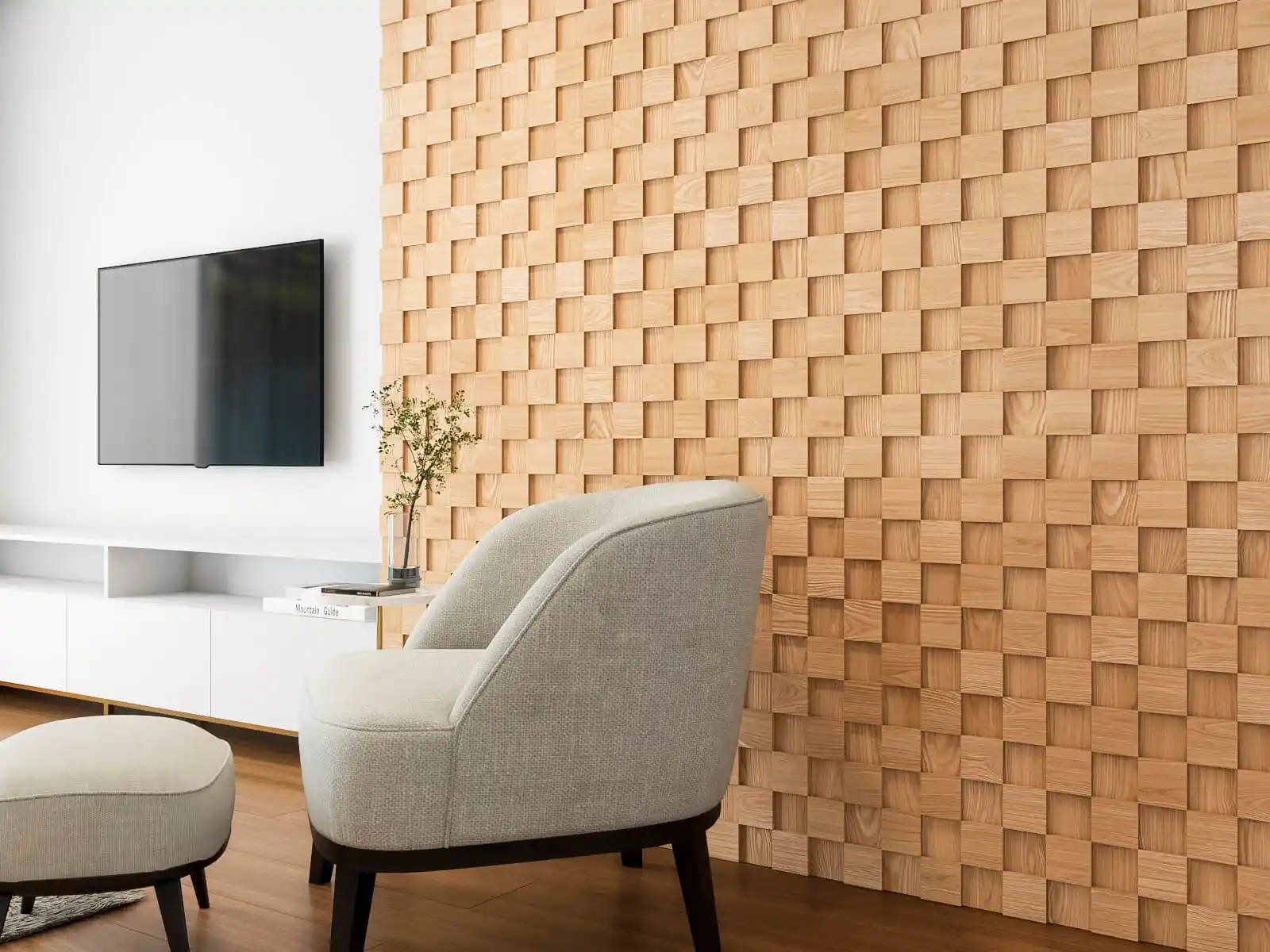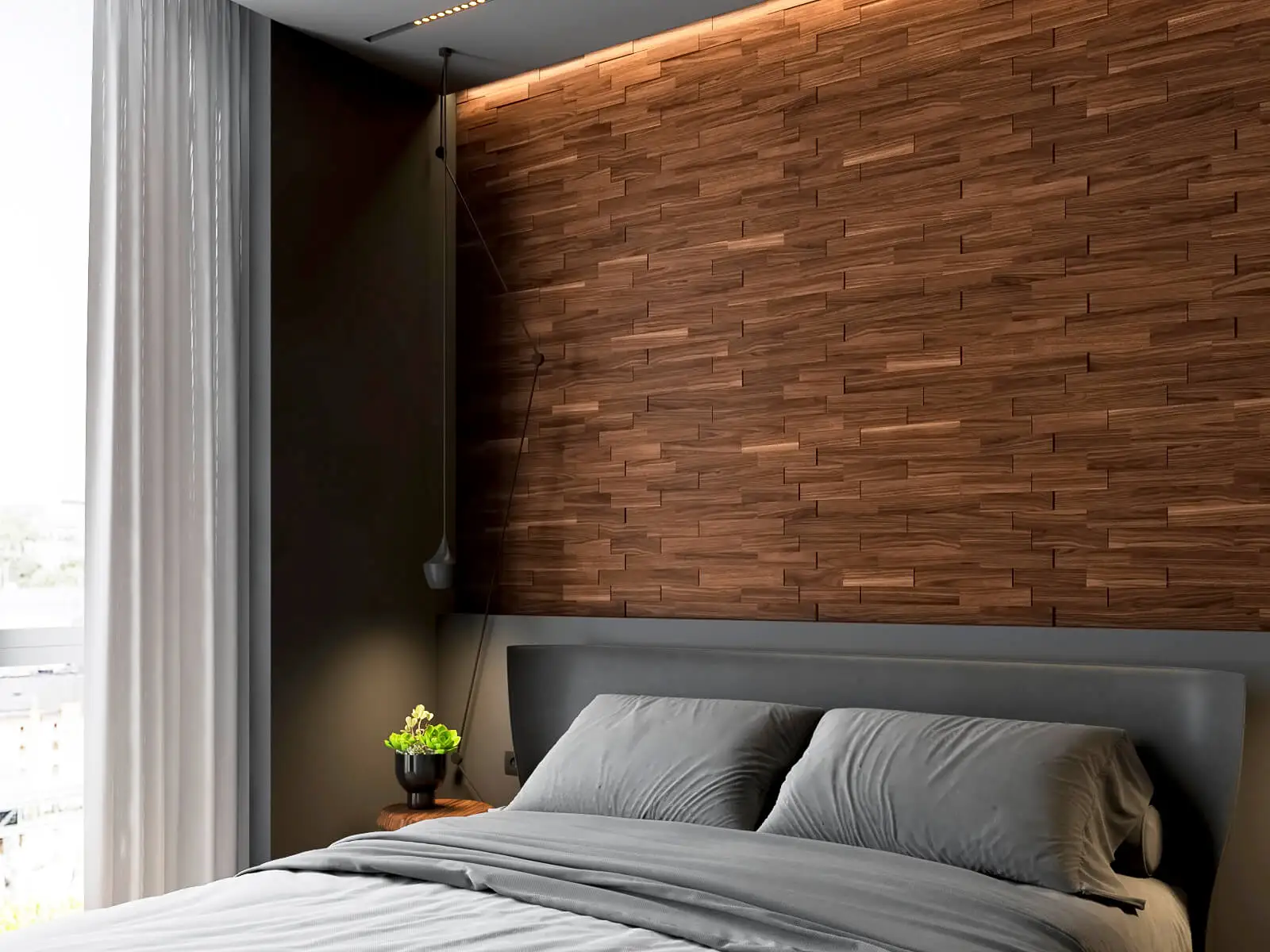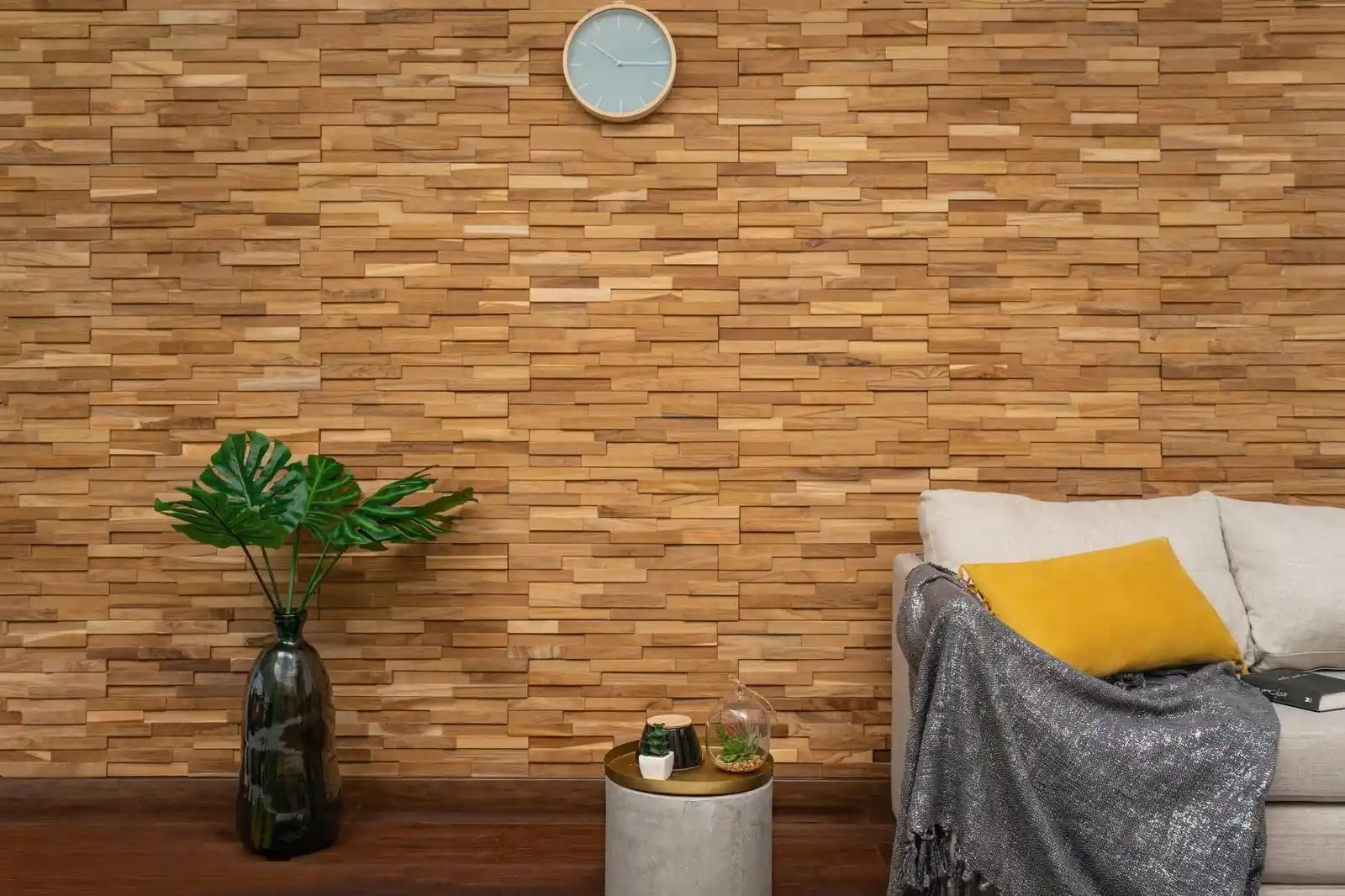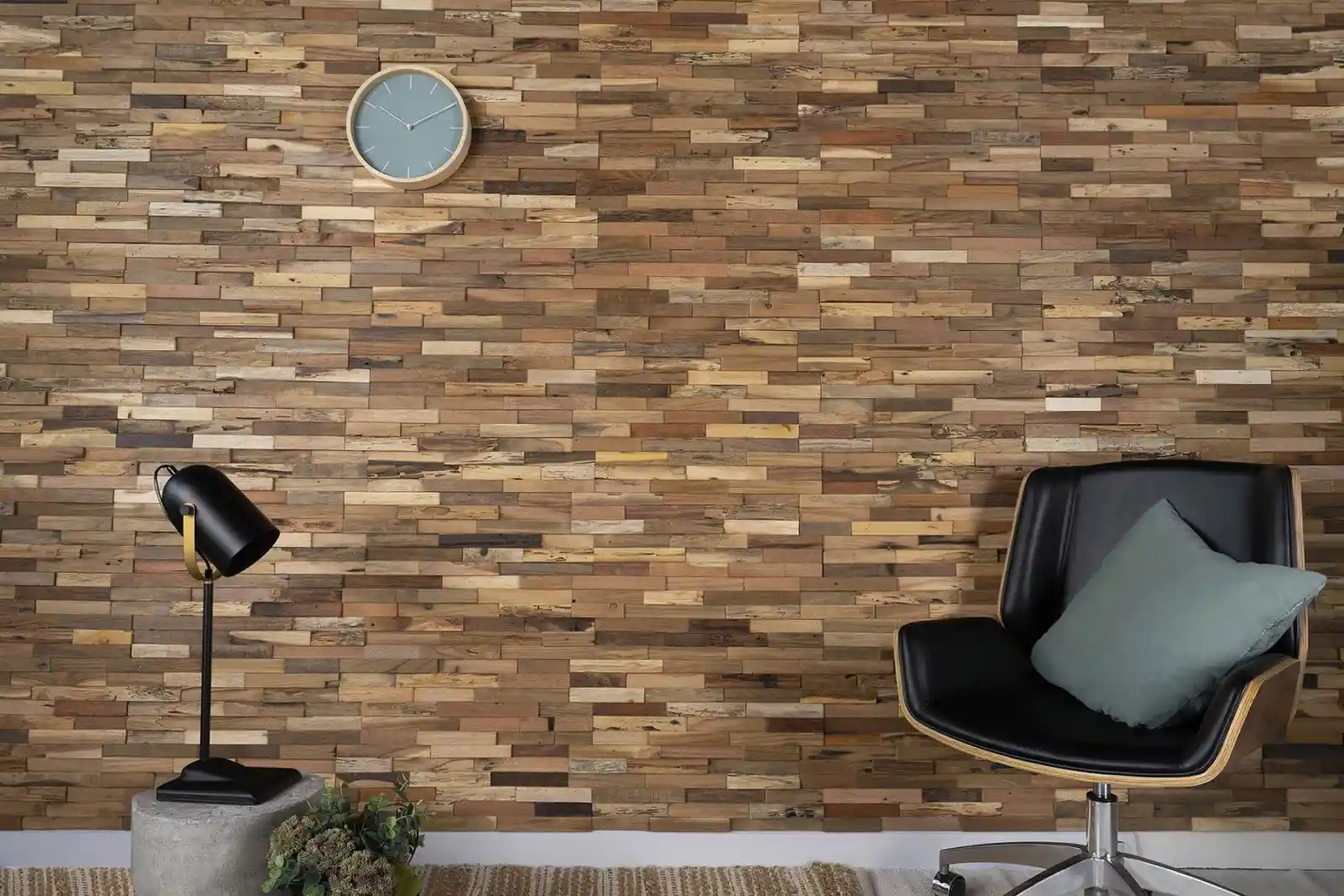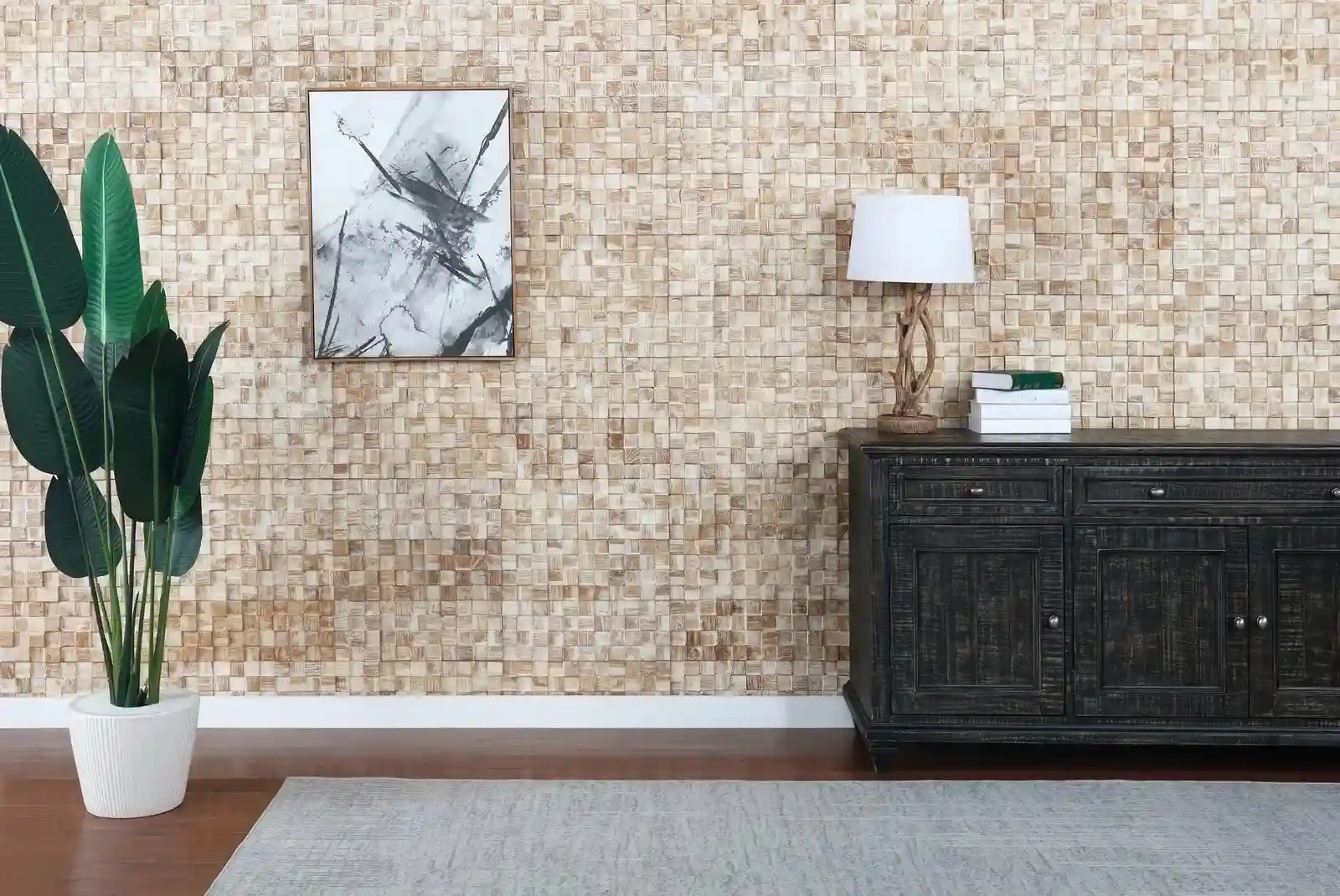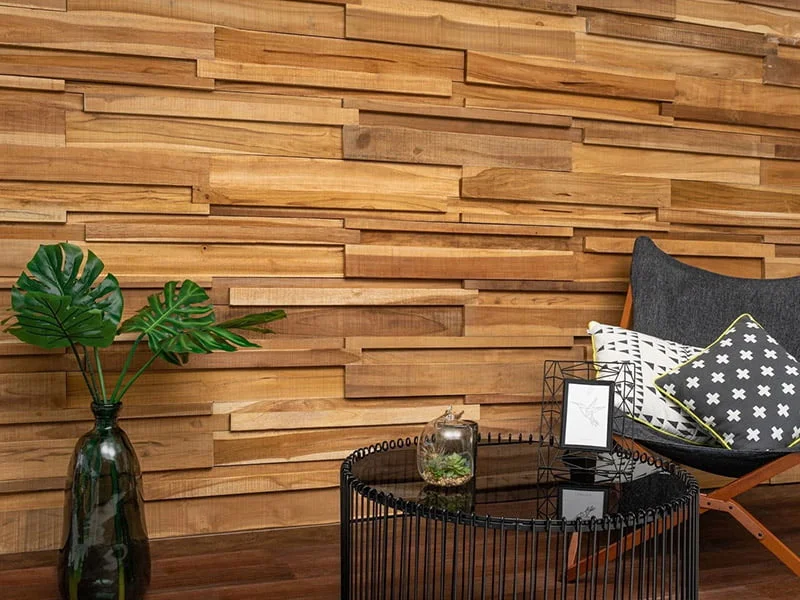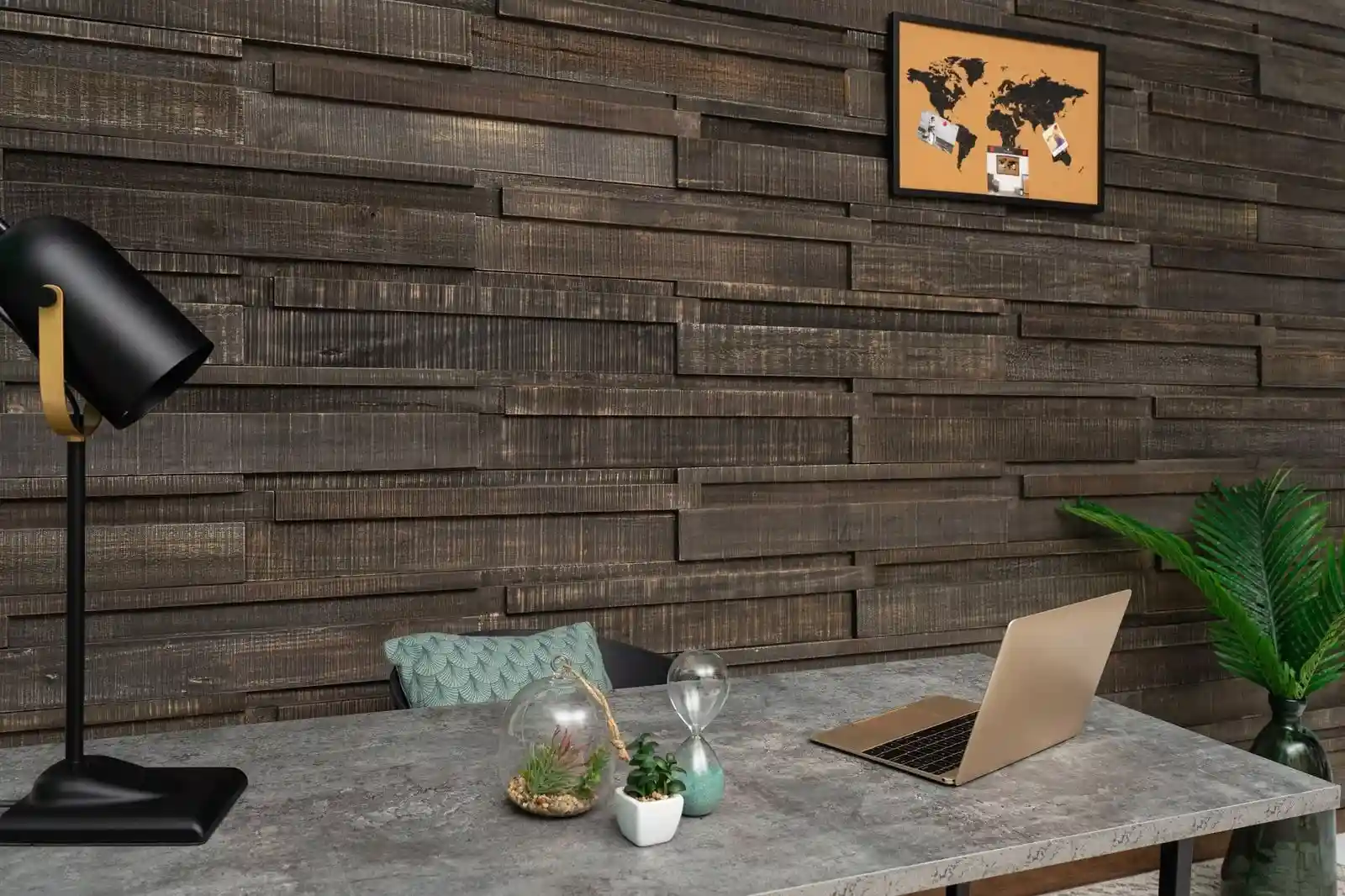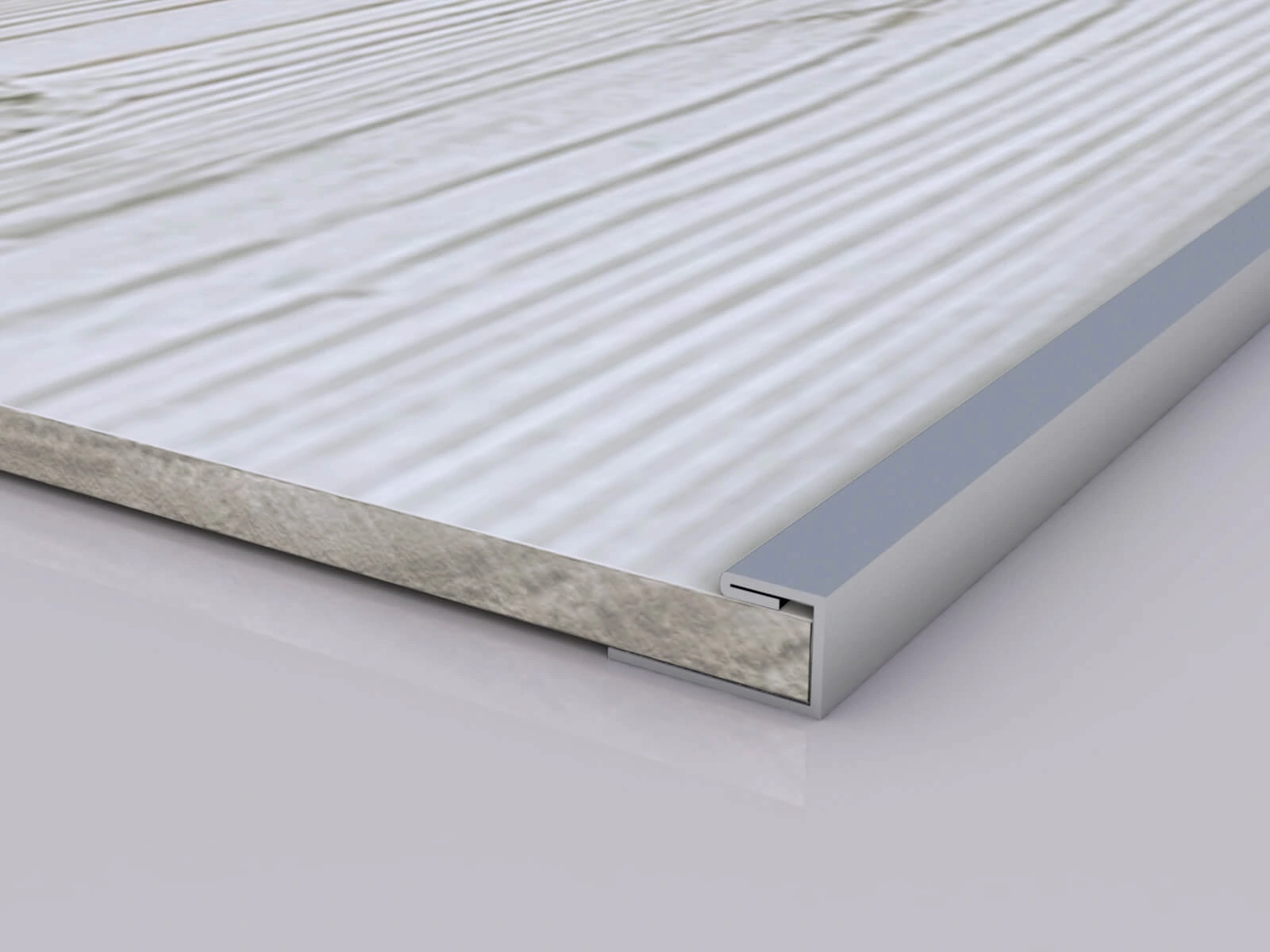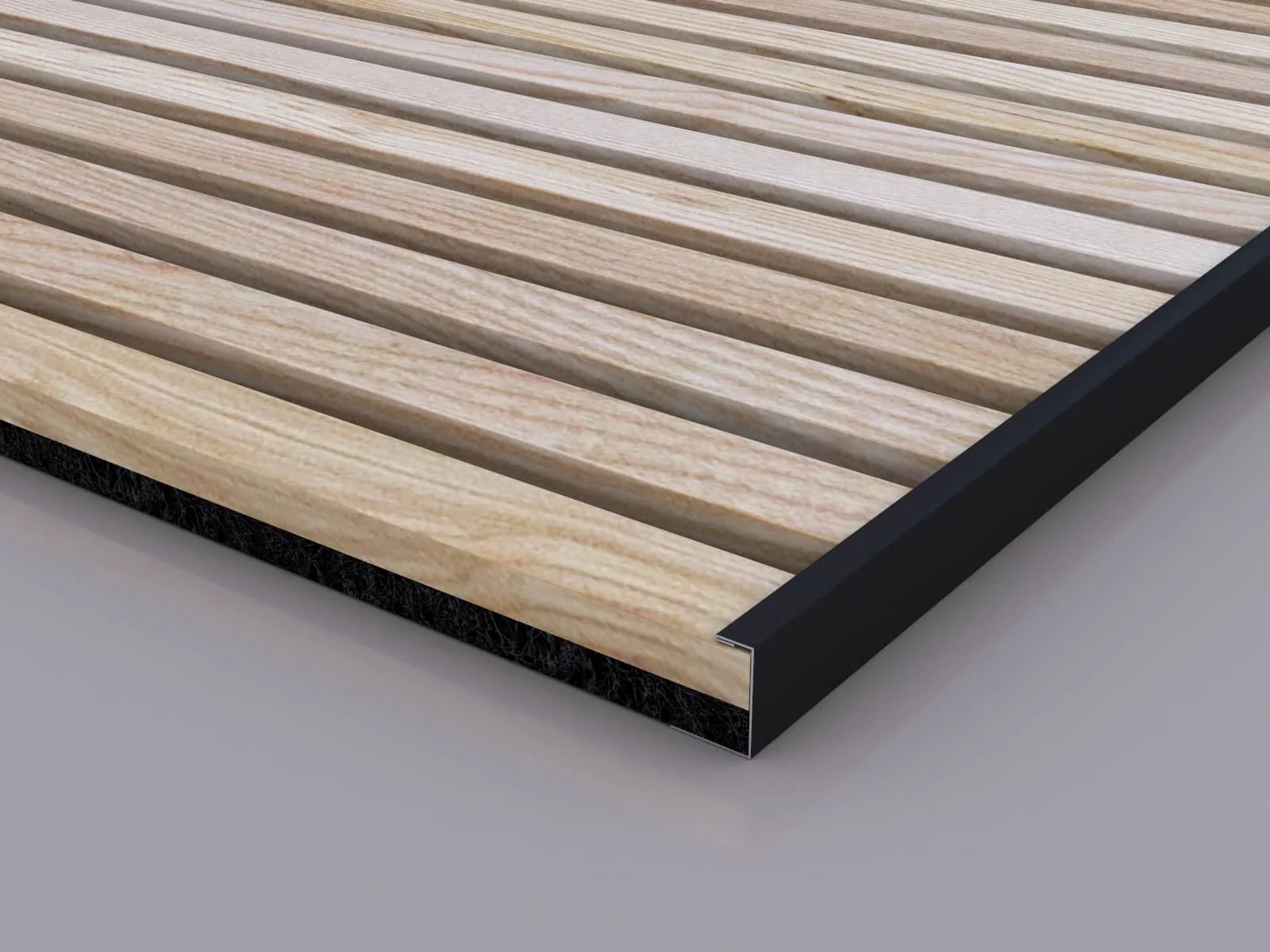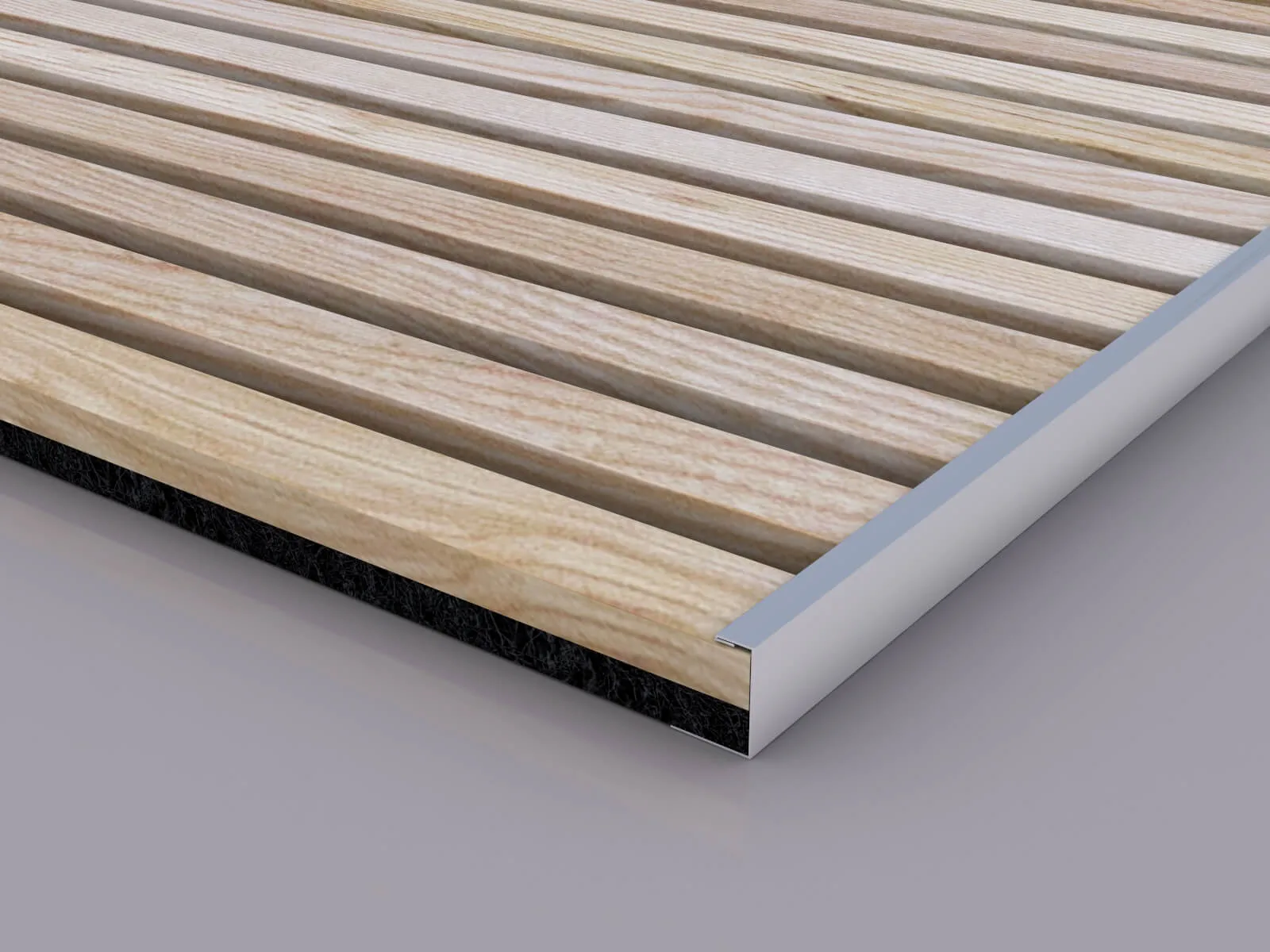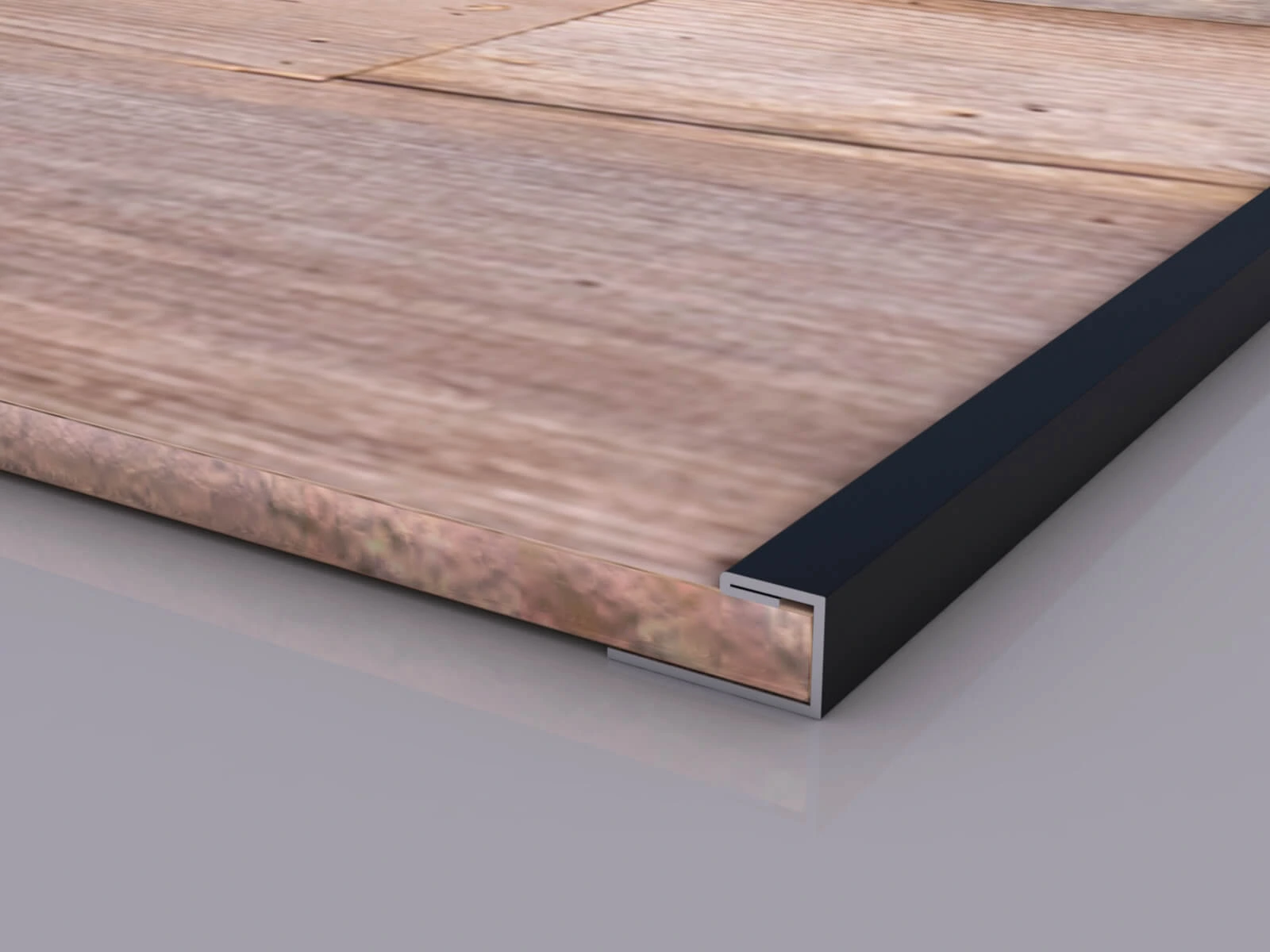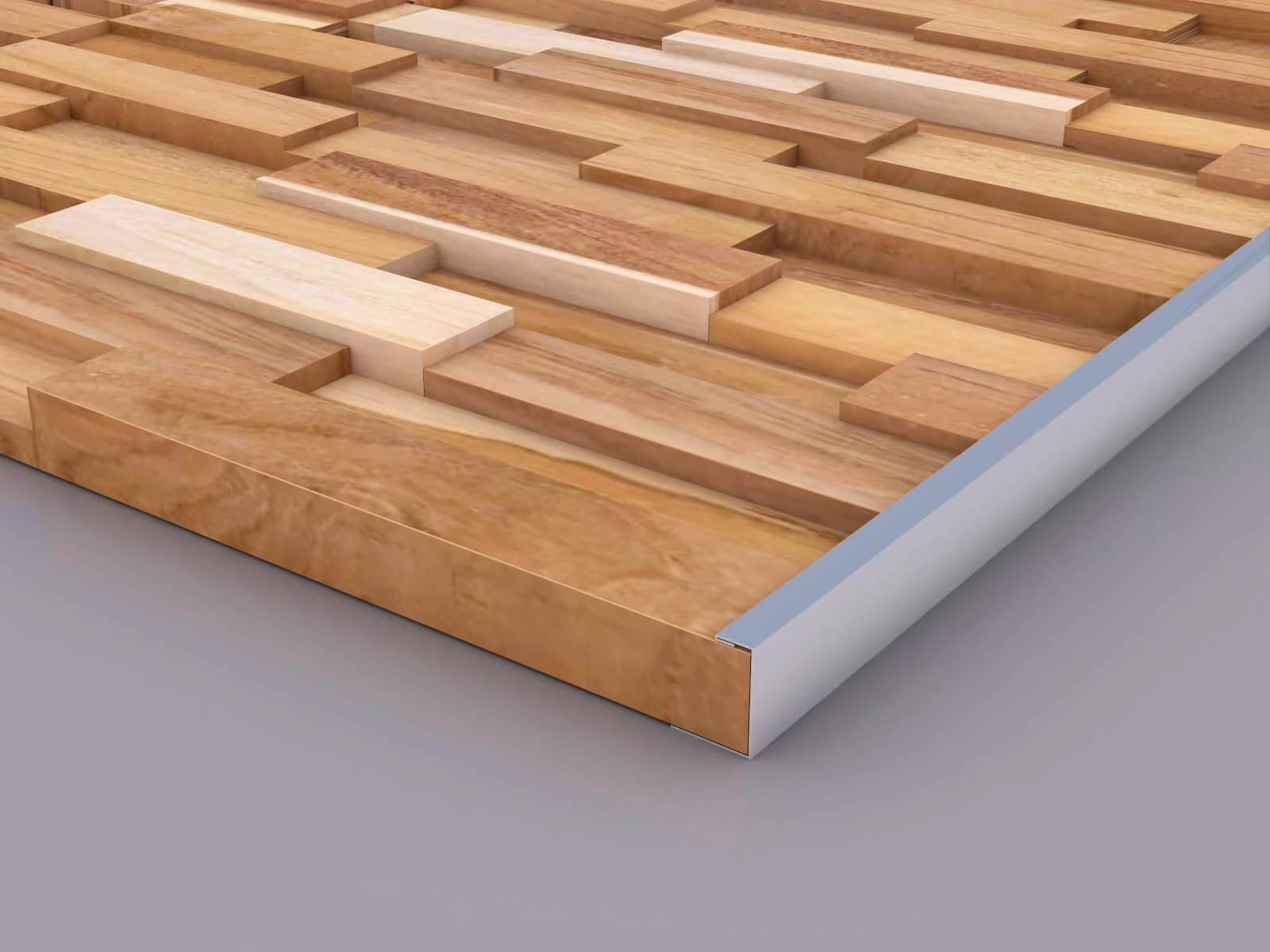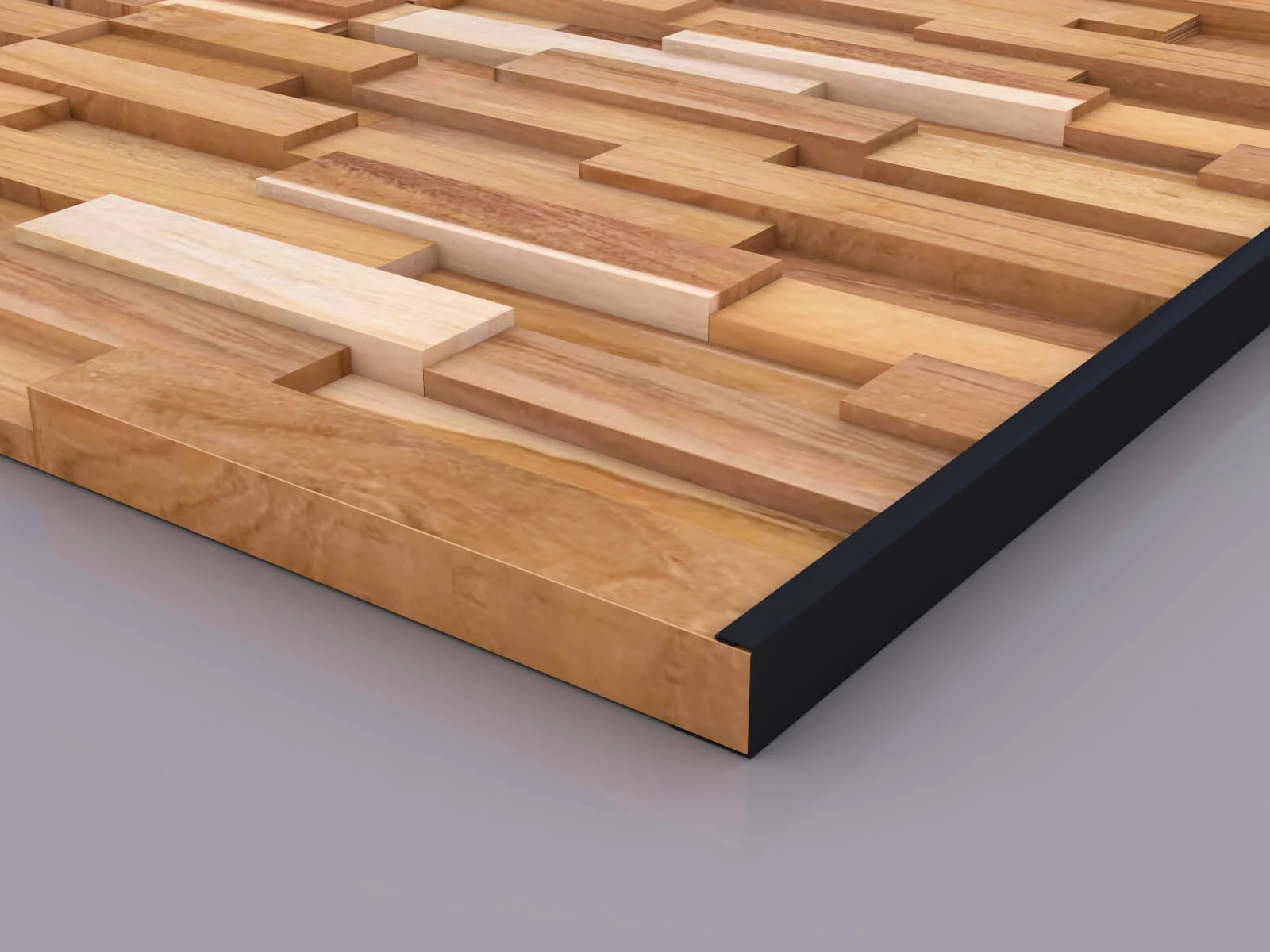Shiplap vs Wainscoting: What’s the Difference?
Shiplap and wainscoting are two of the most popular home decor trends. But, they look different and eventually turn your room completely distinctive. The ease of installation and cost set them apart as well. In this article, we will break down the differences between shiplap vs wainscoting. Stay with us until the end to decide which one suits your home best.
What is Shiplap?
Shiplap has overlapping planks with rabbeted grooves. The grooves create the product’s signature profile. They enable the boards to interlock while maintaining even spacing. Users can then install them quickly and uniformly.
You see shiplap everywhere in wall decor these days. Some folks are even putting it on ceilings to create a unique look. Because the planks fit together so snugly, shiplap holds up well against the elements. Hence, shiplap is a surprisingly good option for outdoor projects, too. You can learn more about what is shiplap with Woody Walls.
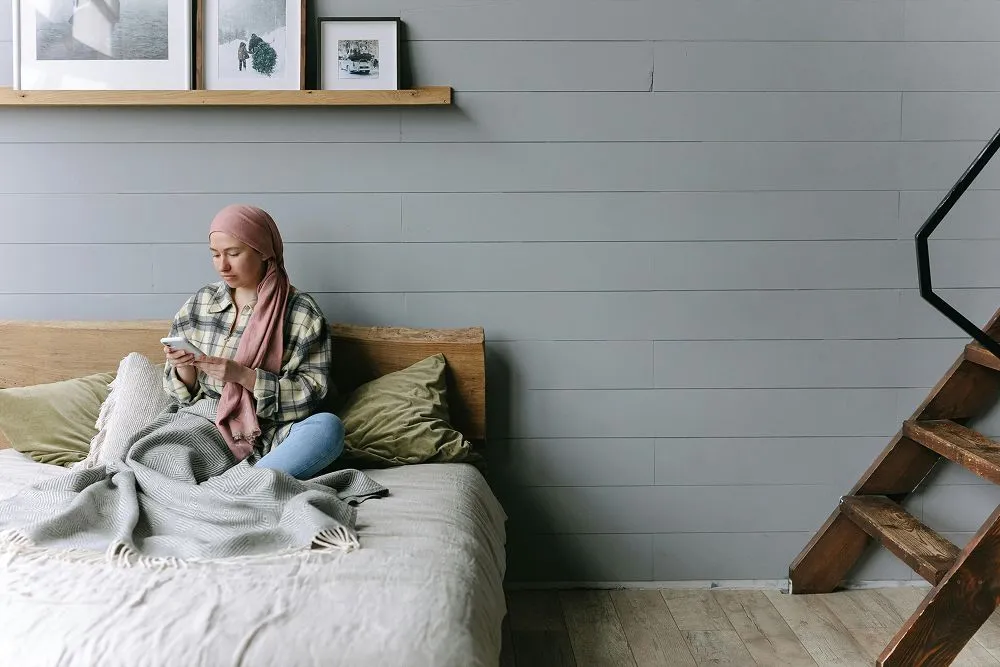
What is Wainscoting?
Wainscoting is a more complex construction with panels, stiles, and a top molding. It just covers the lower portion of a wall. You can paint or stain it in a contrasting color from the wall above. Wainscoting also protects your walls from the daily bumps and scrapes most of us encounter.
Usually, the proper height for wainscoting is in the bottom third of the wall. These days, many people raise the height to give wainscoting a different look. Raised wainscoting has a beautiful visual effect for the space, but the height of wainscoting depends on the size of the room. So, it’s a matter of getting the right proportion.
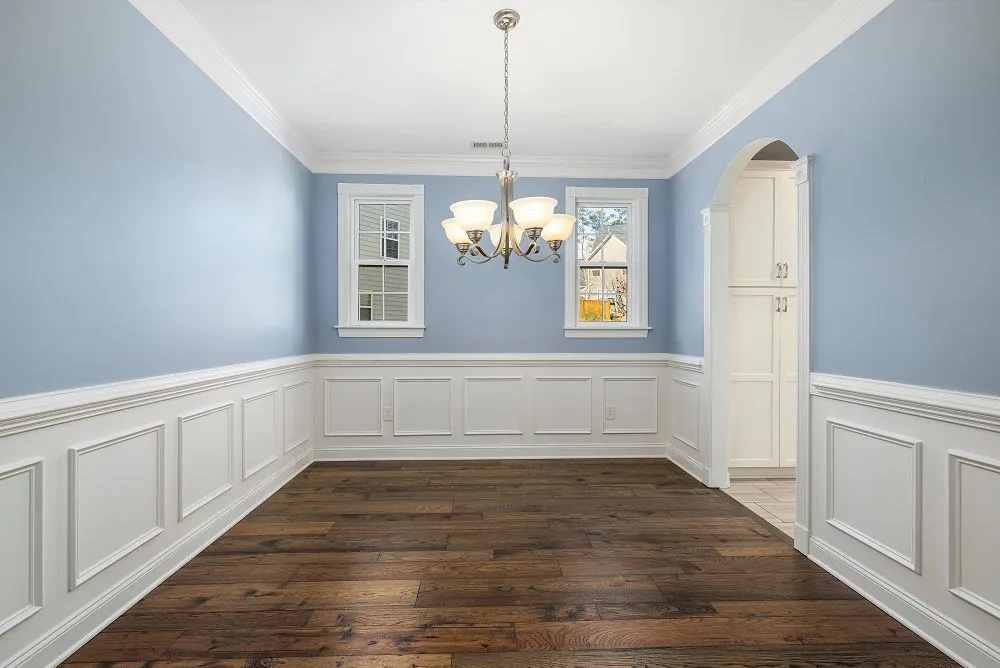
Key Differences between Shiplap vs Wainscoting
The biggest difference between shiplap vs wainscoting is how much they cover the wall. Wainscoting just spans a part of the wall, often one-third. Meanwhile, shiplap can form an entire wall.
Some people are also confused about wainscoting vs beadboard vs shiplap. In fact, beadboard is a common design of wainscoting. Beadboard has vertical planks and raised beads, therefore offering the same benefits. When deciding which one is better, you need to evaluate a number of criteria. Check this comparison table first before we dig into the details.
| Shiplap | Wainscoting | |
|---|---|---|
| Coverage | Covers the entire wall | Covers only the lower part of the wall |
| Appearance | Modern, rustic | Traditional |
| Installation | Easier | More complex |
| Cost | More affordable with basic materials | More costly due to design complexity |
| Versatility | Consistent style | More variety in styles and patterns |
Coverage
You can run shiplap across the walls and the ceiling. This design really brings together a whole space for a unified feel. Wainscoting is just a part of a wall. Hence, it’s more about adding a decorative touch than completely transforming a room.
Appearance
Shiplap has clean lines with shadow gaps. This style gives your space a modern, farmhouse aesthetic. Meanwhile, wainscoting offers traditional charm. The modeling suits formal and classic spaces.
Installation
Shiplap is a more user-friendly choice because the boards interlock neatly with consistent spacing. Hence, it requires fewer tools and less adjustment. In contrast, when installing wainscoting, you have to cut the panels and moldings carefully. Some styles require skilled carpentry, especially when involving custom paneling.
Cost
When it comes to cost, shiplap often comes out ahead. Its materials are pretty basic, and you can install shiplap more easily. Wainscoting, though, needs more components like moldings and panels, which can push the price up. The costs vary based on the style as well. You also have to consider labor costs when working with either.
Versatility
Shiplap works well across different areas. Unfortunately, creativity with shiplap patterns is quite limited. If you need something unique, wainscoting will be a better choice. You can choose from a beadboard or a flat panel. Another idea is to pair wainscoting with wallpaper or simply paint it for more interest
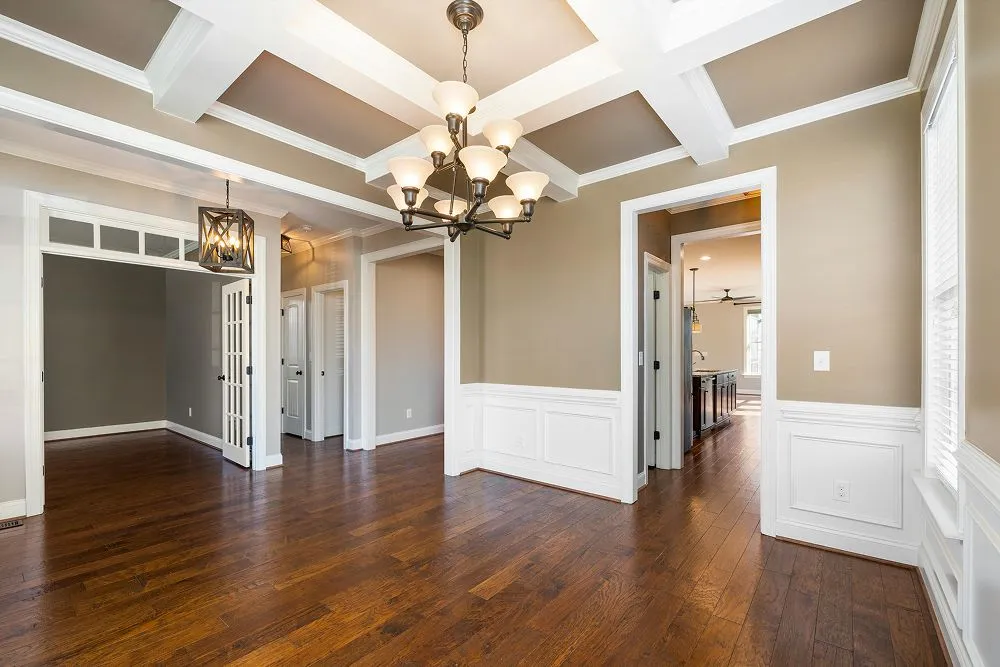
How to Choose between Shiplap vs Wainscoting?
Shiplap vs wainscoting are different in appearance. Besides that, you need to consider other factors to see how well each fits in your home. The steps for choosing the better one are as follows:
- Consider your interior’s style: Shiplap fits nicely into modern farmhouse and rustic spaces. Conversely, wainscoting delivers a more traditional and classic aesthetic.
- Check installation requirements: Shiplap is easier to install thanks to the self-spacing boards. Wainscoting may require professional help. Therefore, you need to evaluate your skills and tools before deciding which wall treatment to choose.
- Assess your budget: Shiplap may cut down labor costs because of easier installation. Wainscoting can be more costly, as it varies based on style and material.
- Think about which room you decorate: Shiplap is best for establishing a modern tone in living rooms. You can also use it for your kitchens and bedrooms. Wainscoting serves dining rooms better. The molding helps you protect bathrooms and entryways as well.
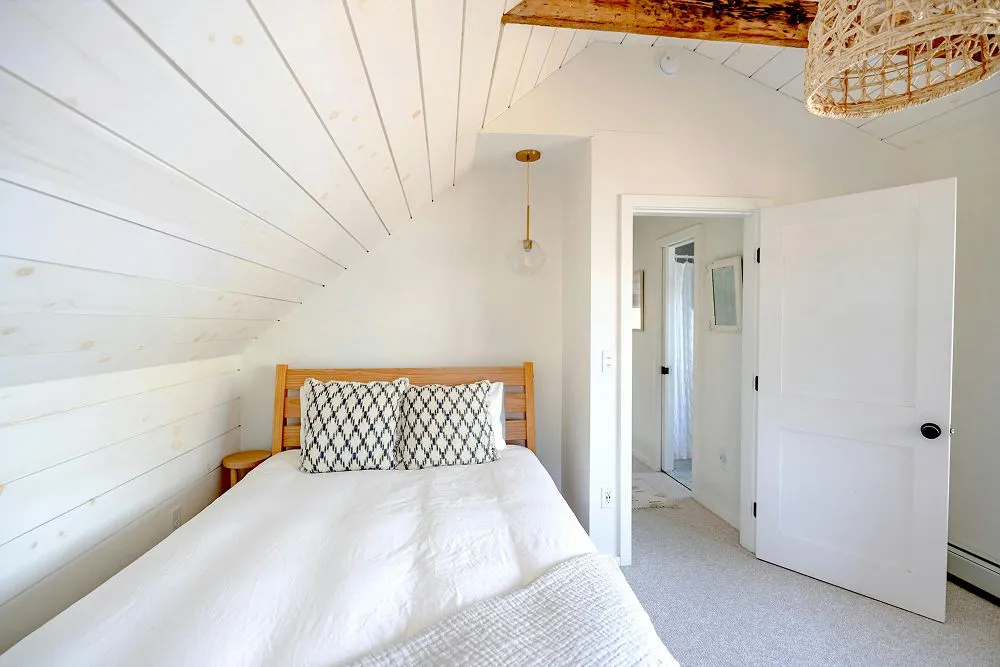
Choose Woody Walls for Premium Wood Accents
Shiplap vs wainscoting are different in multiple terms, such as their appearance, coverage, cost, and ease of installation. Shiplap has seamless gaps and offers a modern vibe. Meanwhile, wainscoting has a more traditional look. Fortunately, either option can complement your home. The best way to decide is to consider your favorite style. Your budget and overall DIY comfort level also matter.
Looking for stunning wood products? Choose Woody Walls. Our collection features premium wood panels that make installation simple and stylish. The high-quality materials ensure they can last for years. Visit Woody Walls today and select your favorite!
FAQs
1. Can I shiplap as wainscoting?
Yes. It turns out that shiplap can be an interesting idea when used as wainscoting. Without the iconic molding, shiplap can still sit on the low part of your wall seamlessly.
2. Is wainscoting outdated?
No. It is not because wainscoting possesses timeless beauty that it becomes obsolete. Instead, the classic design allows it to remain in style for a long time.
3. When should you not use wainscoting?
The biggest consideration should be how it will help you balance the room visually. For instance, tall wainscoting in a small room can quickly become too much for the space. And if you have a big room, with shiplap vs wainscoting, wainscoting that’s not tall enough will only look out of place.



